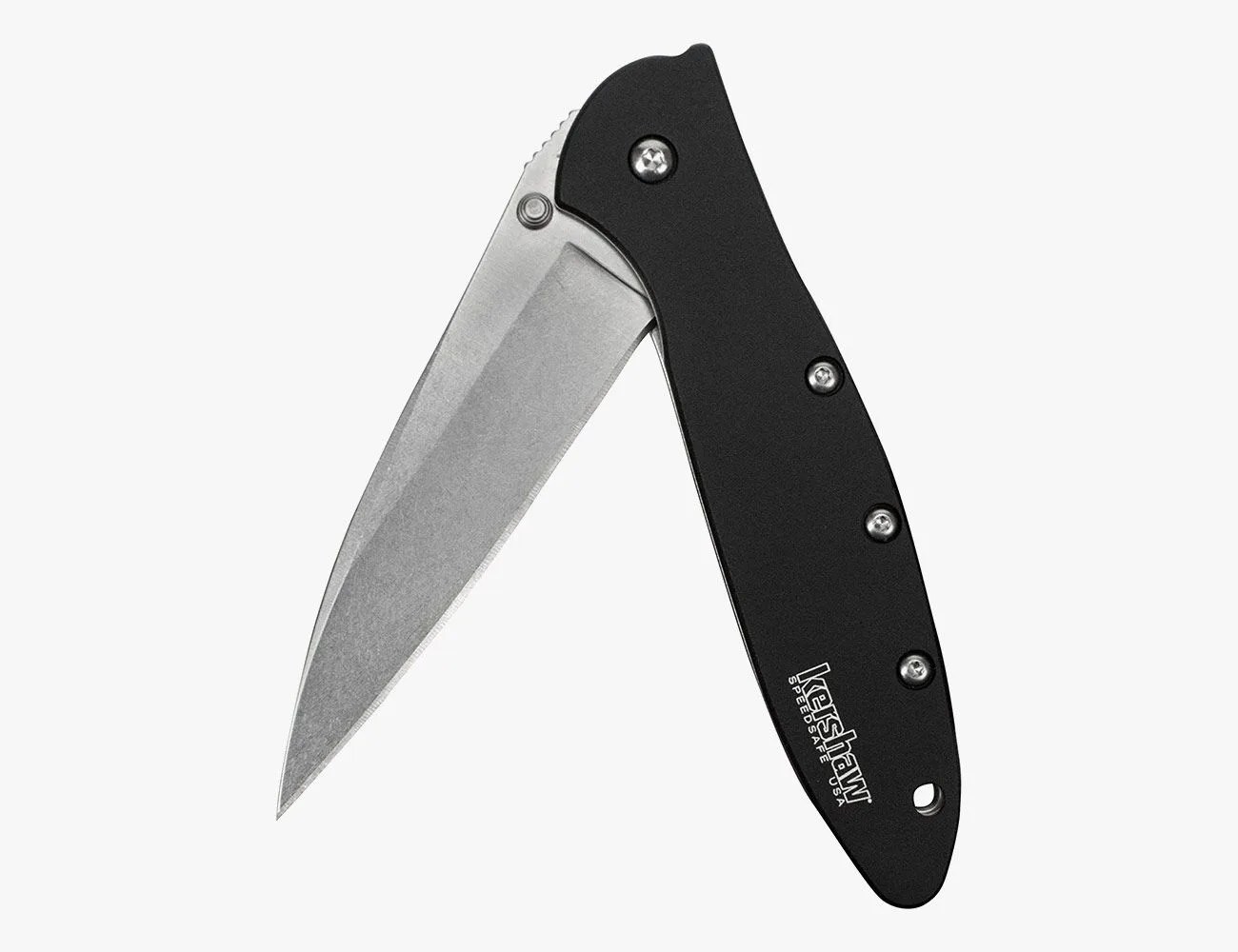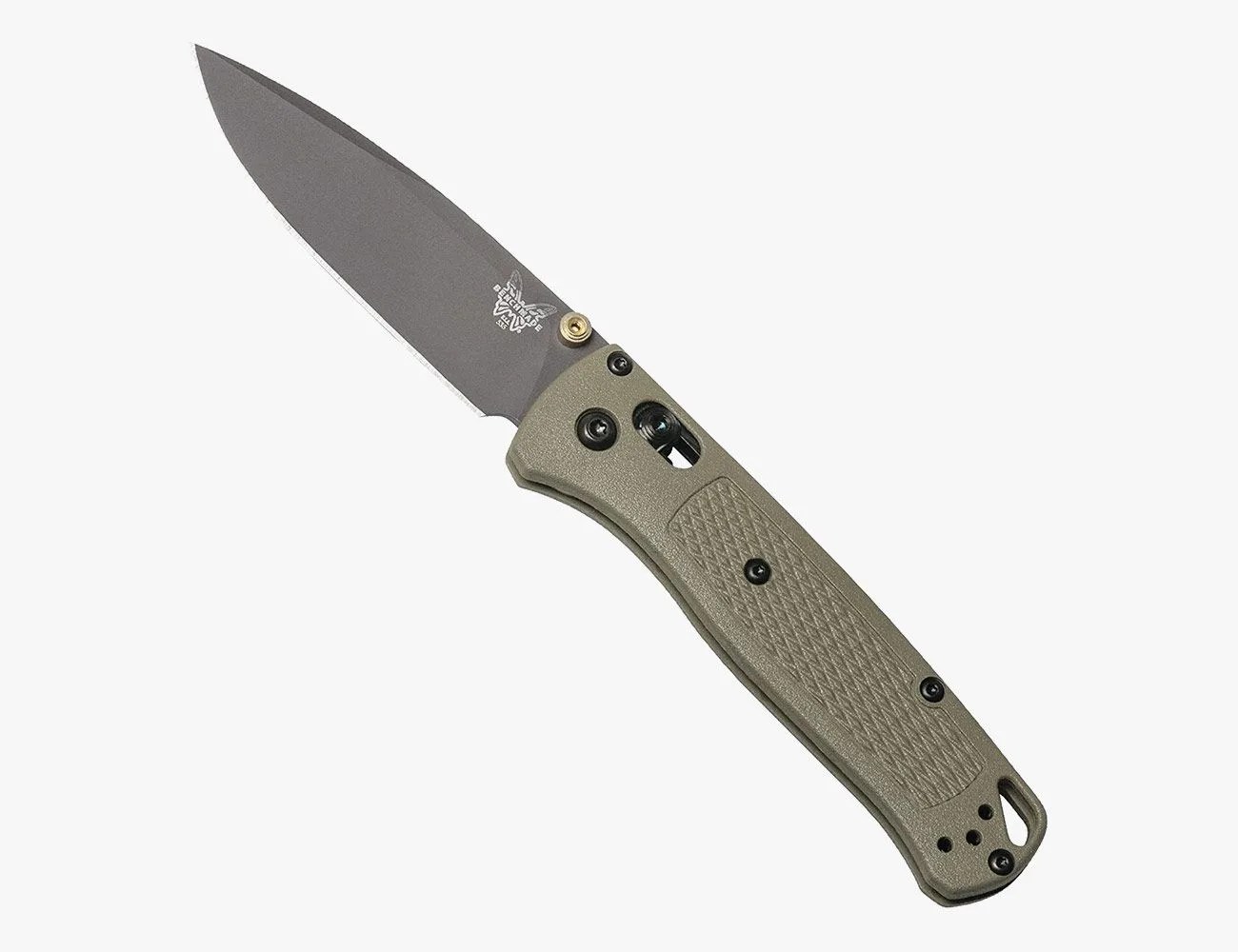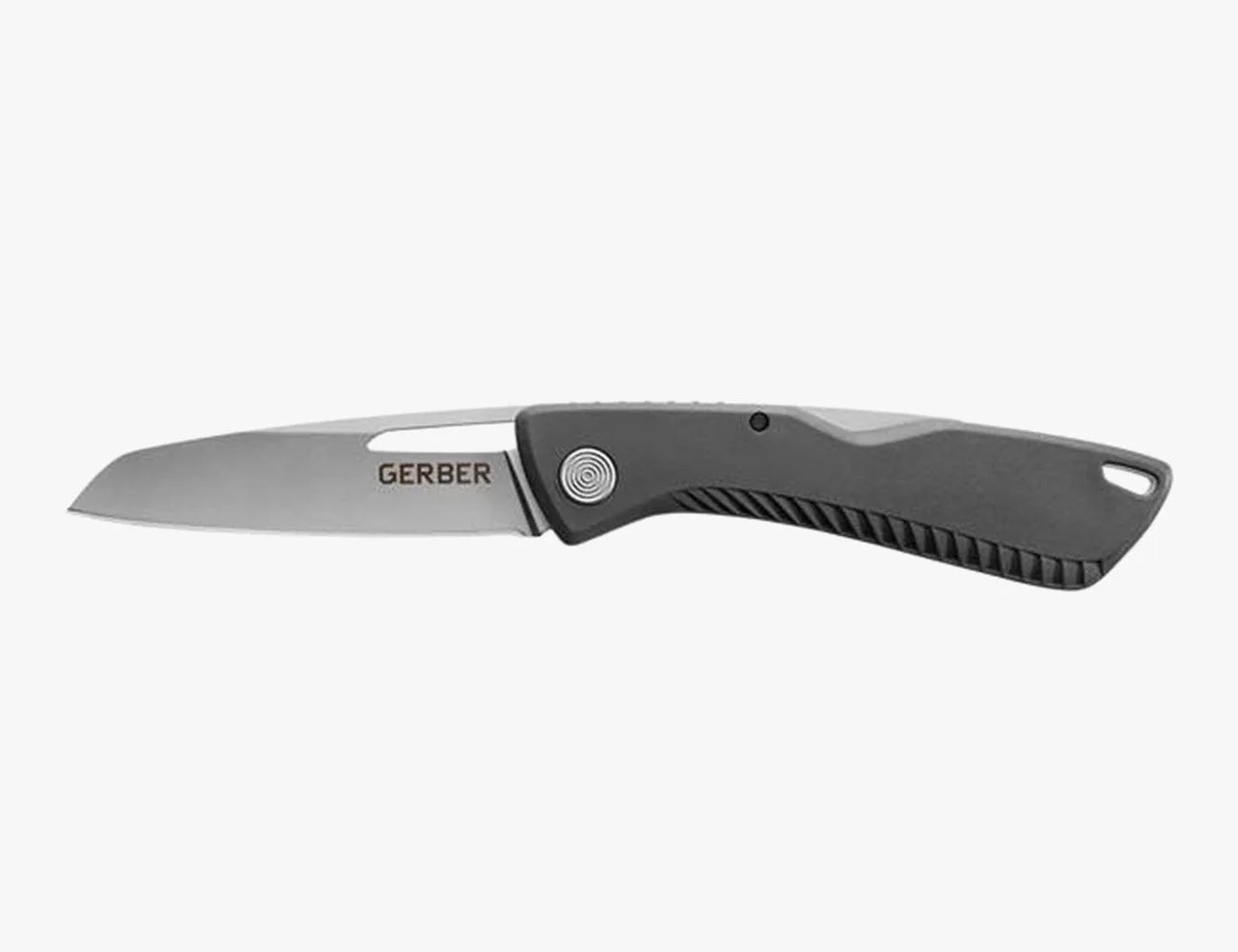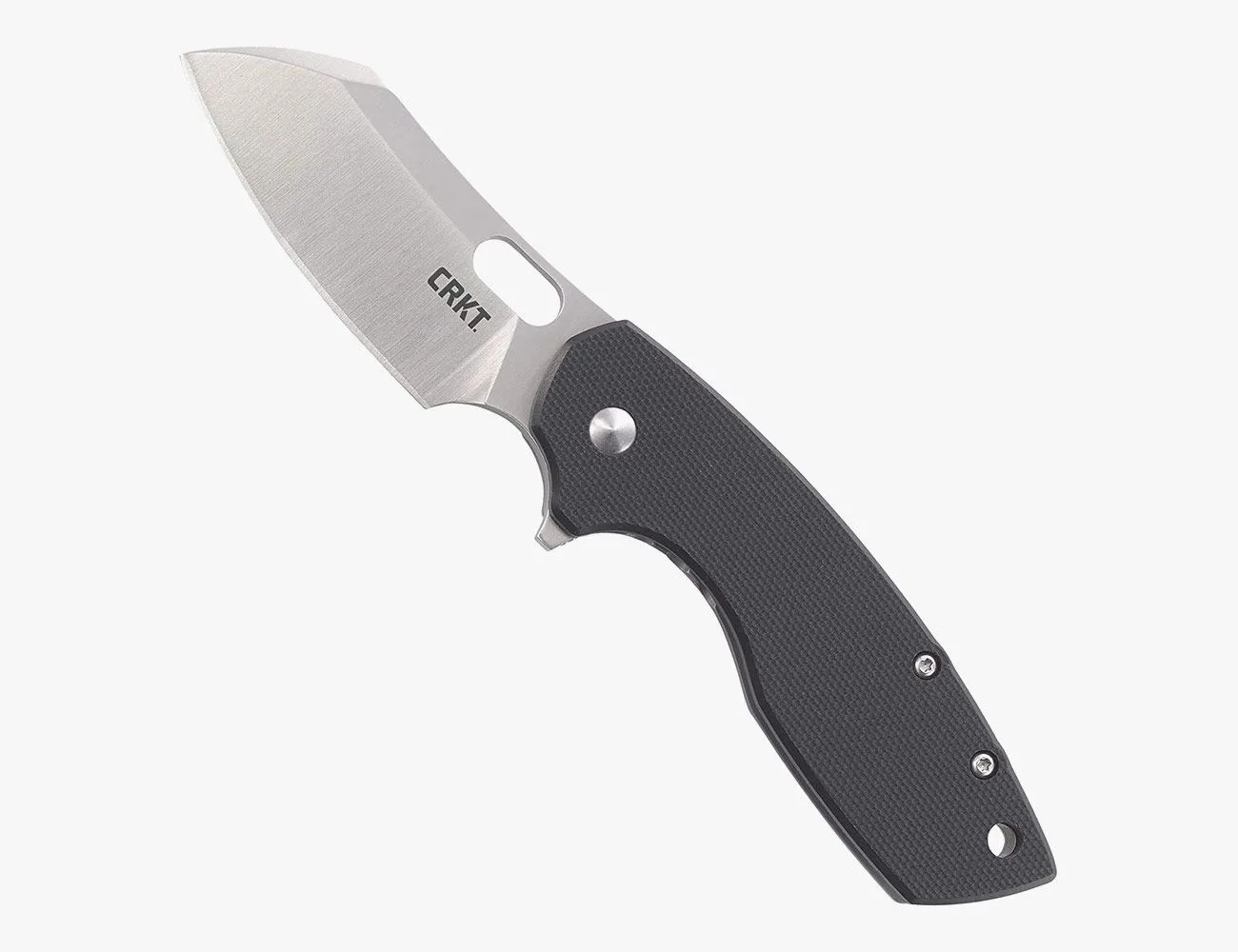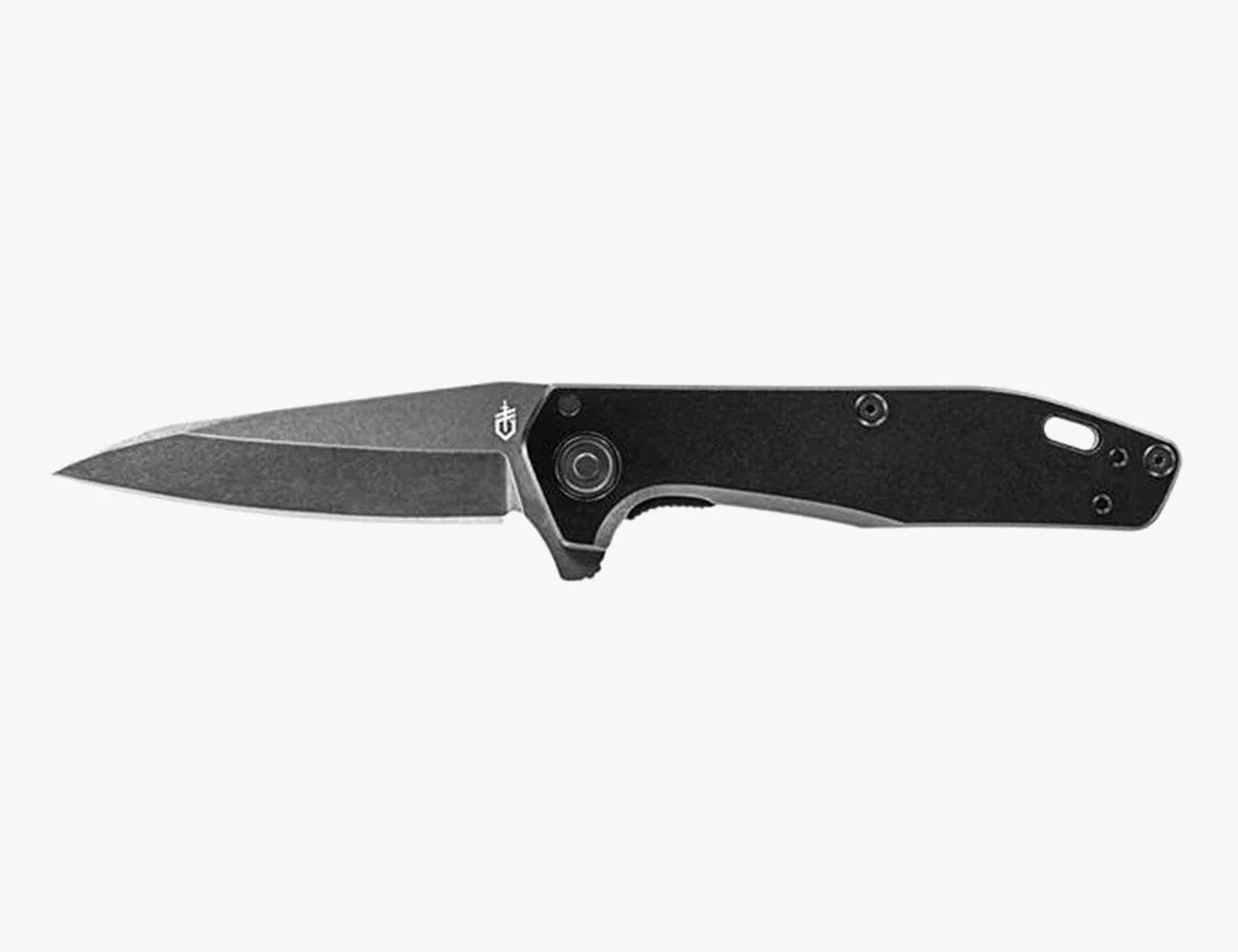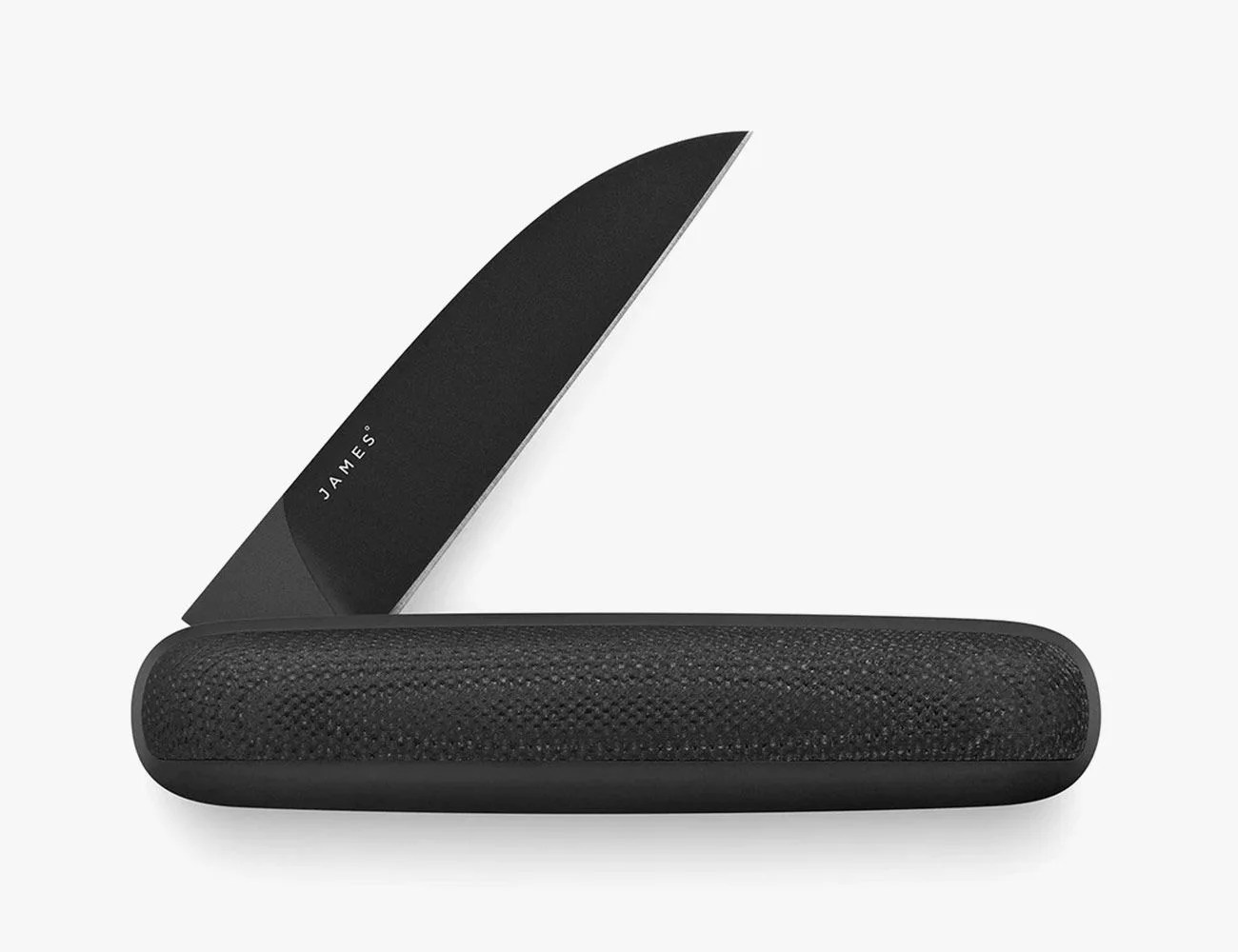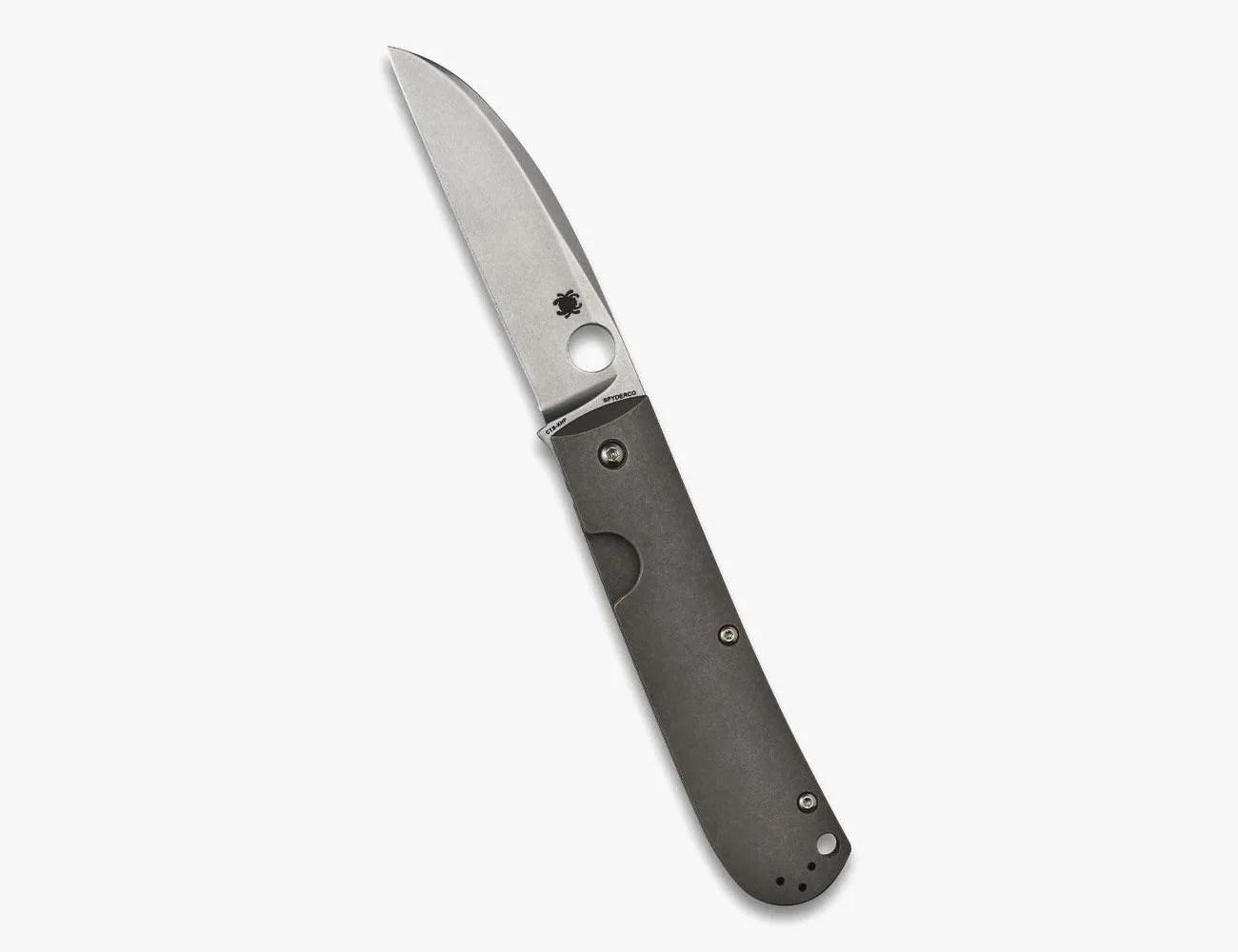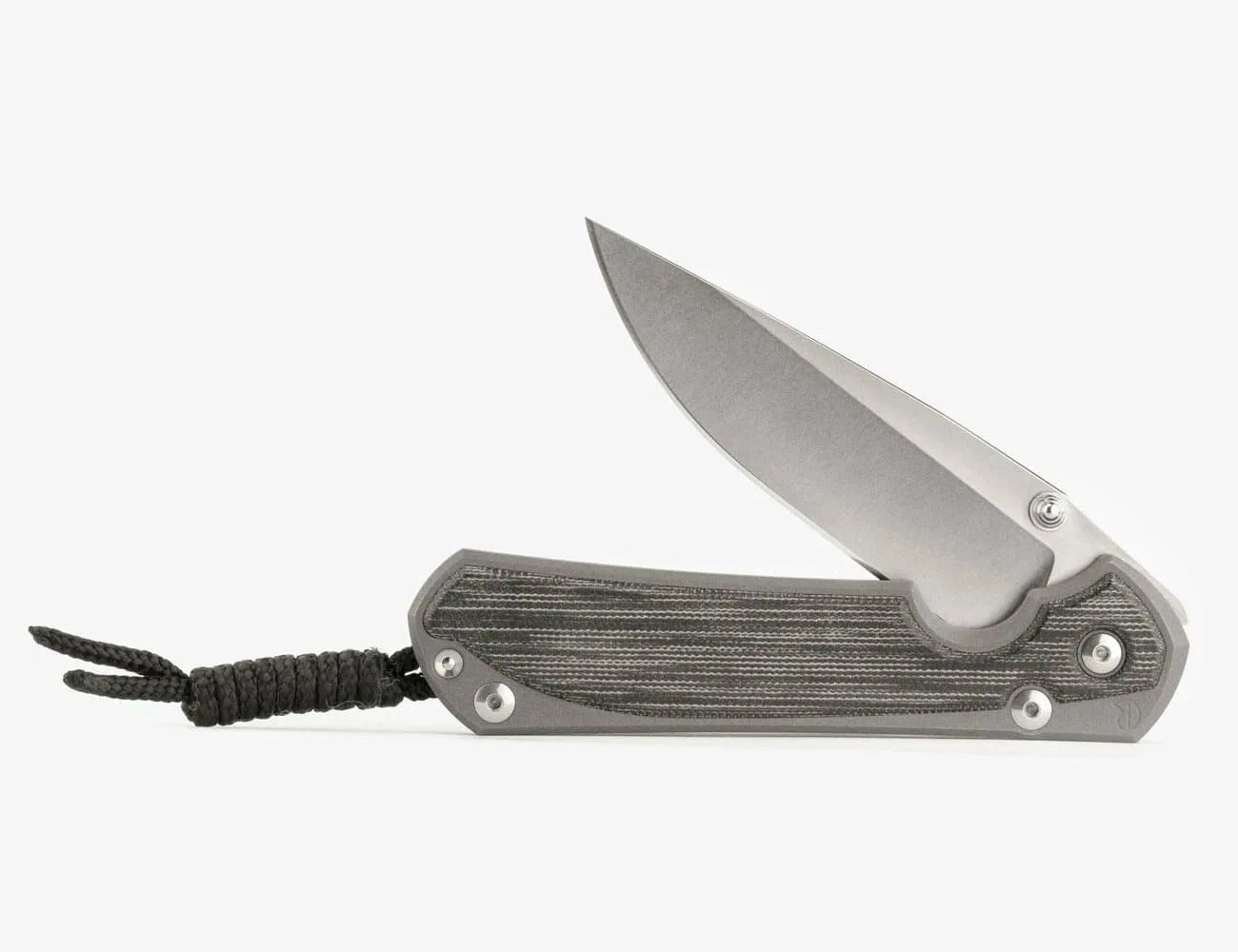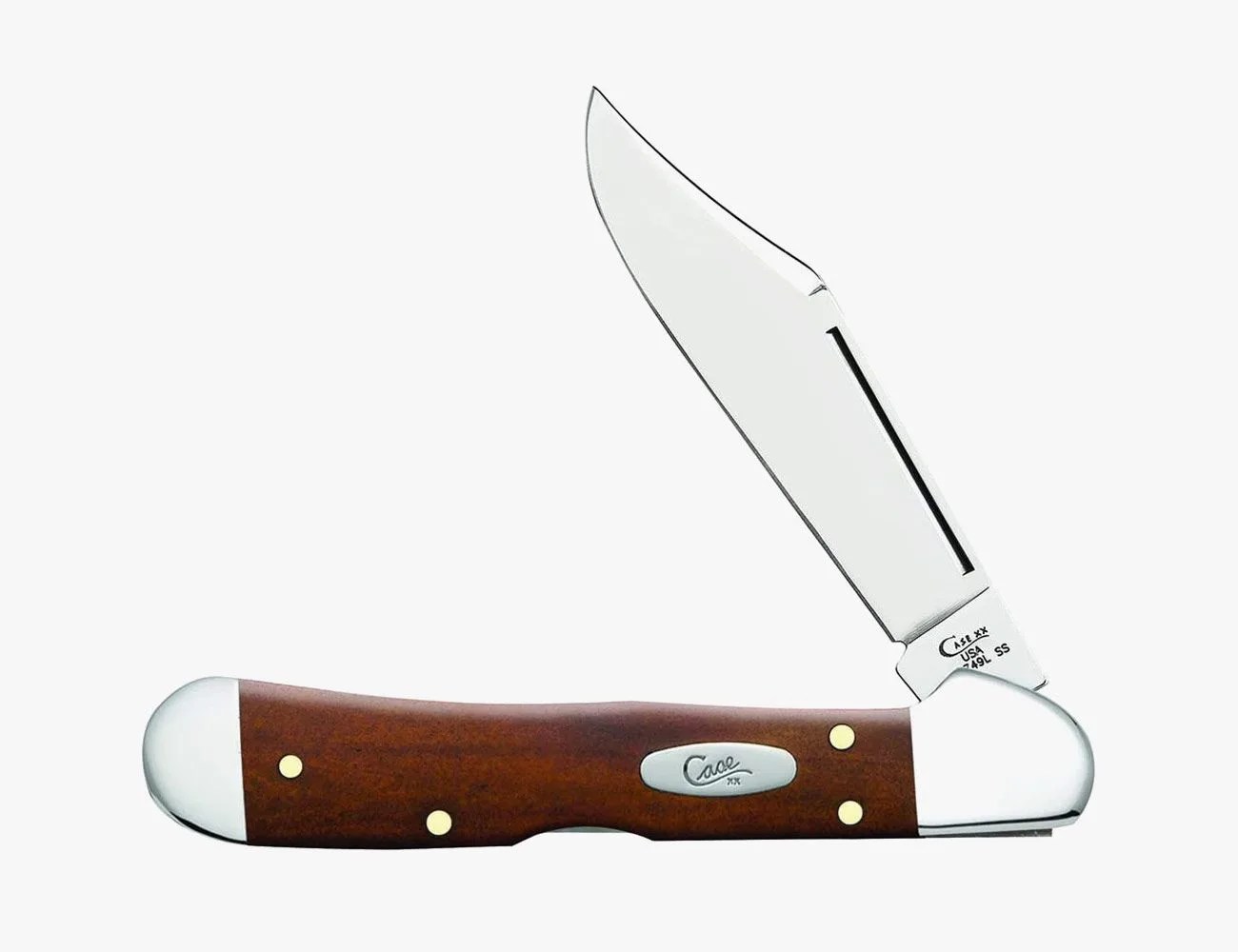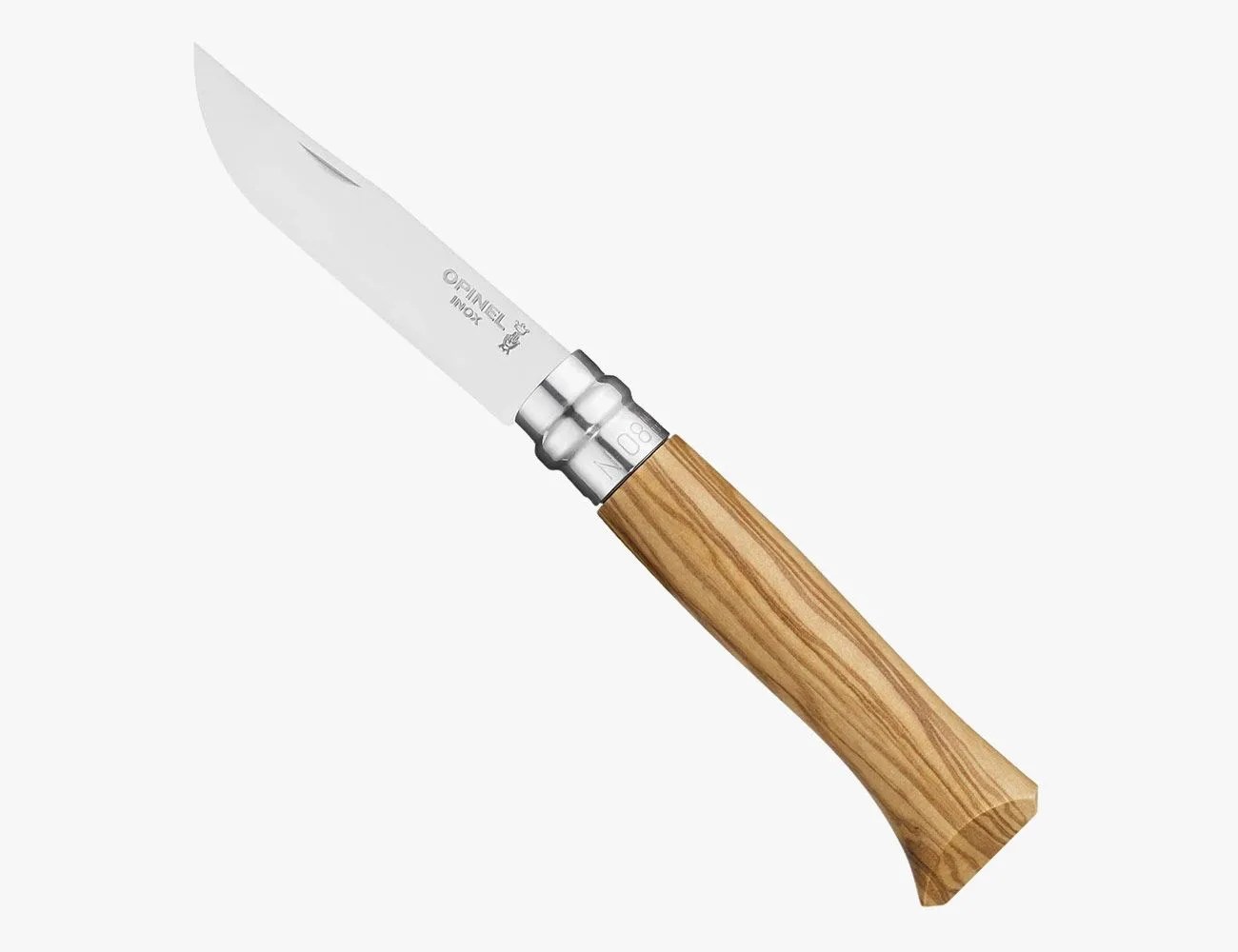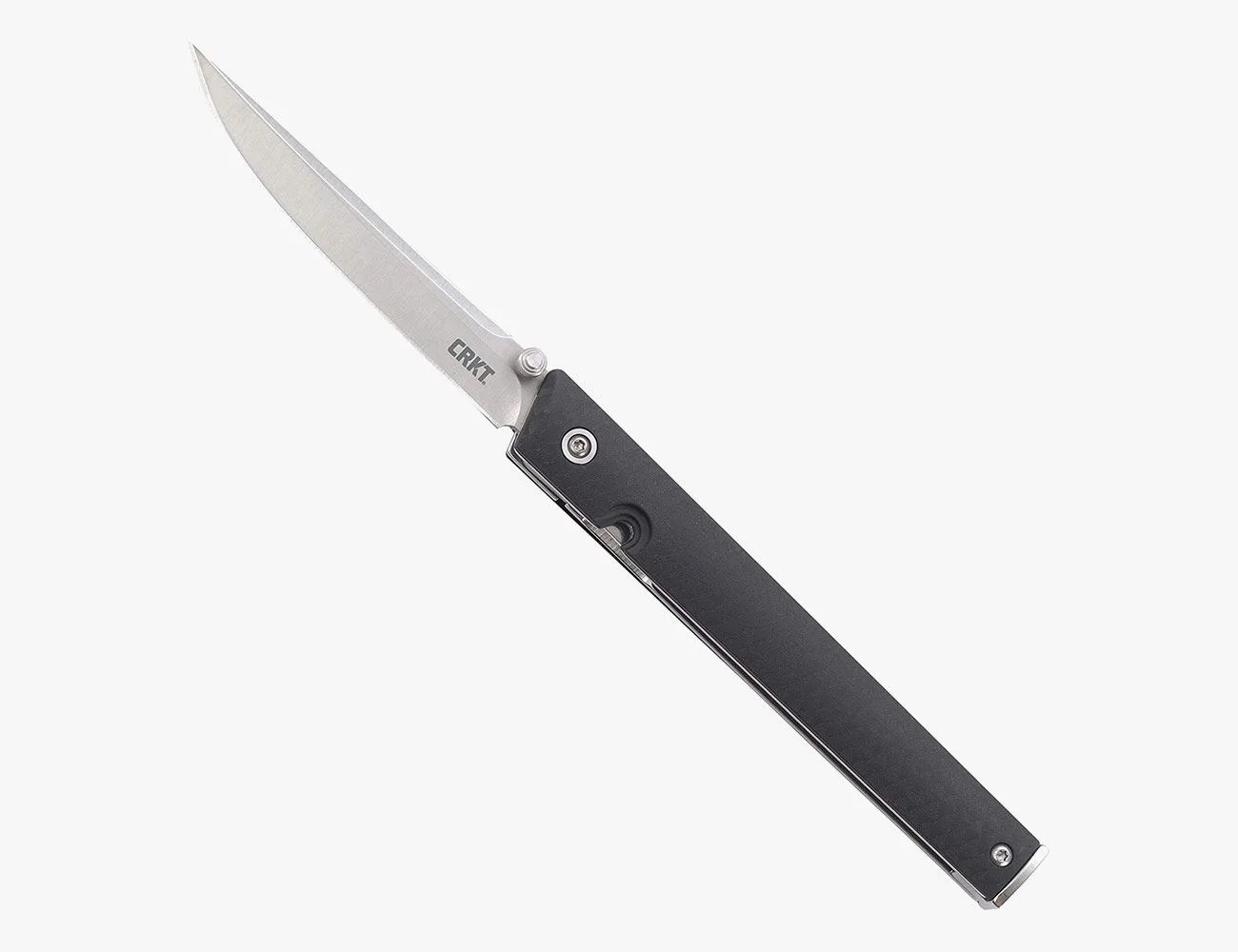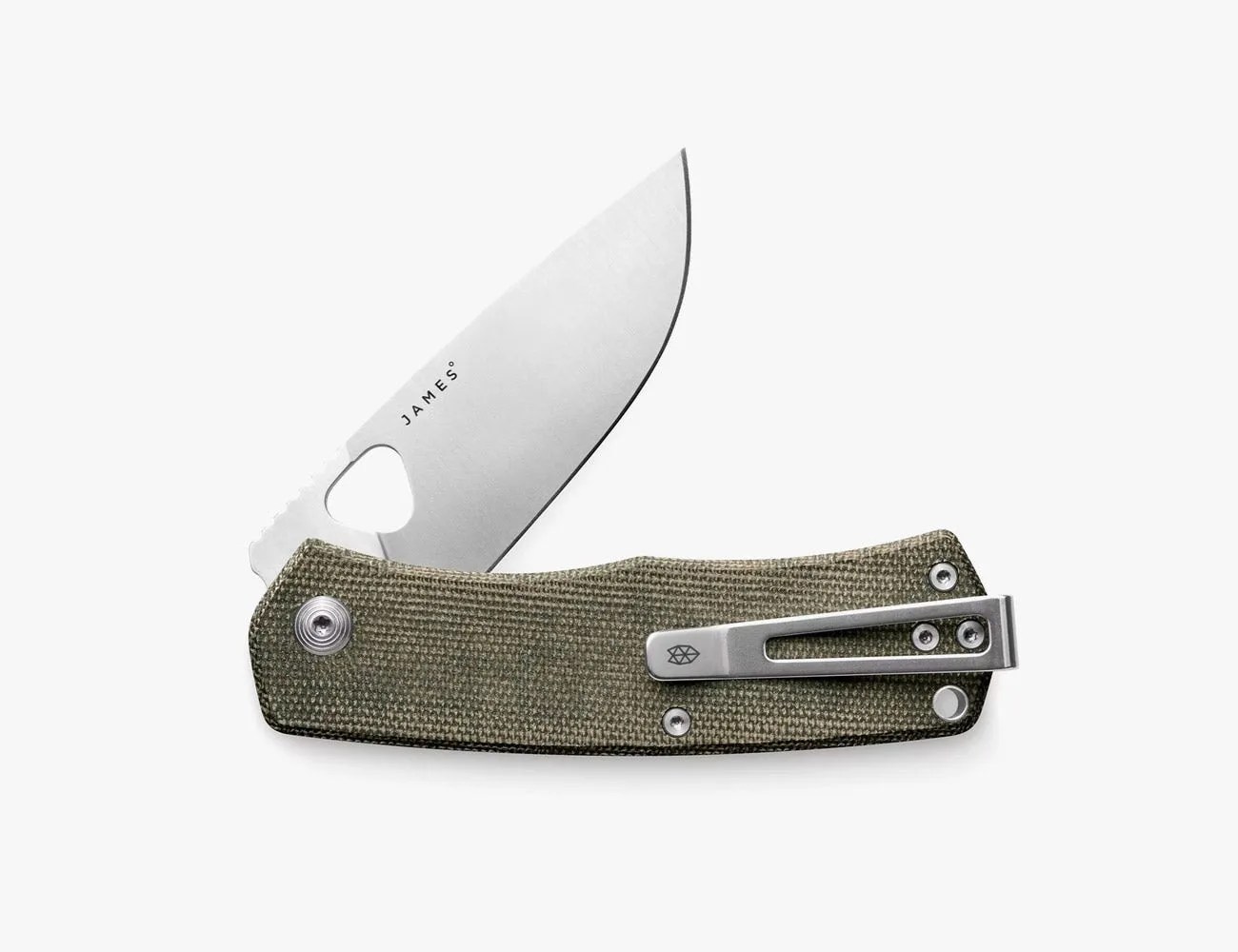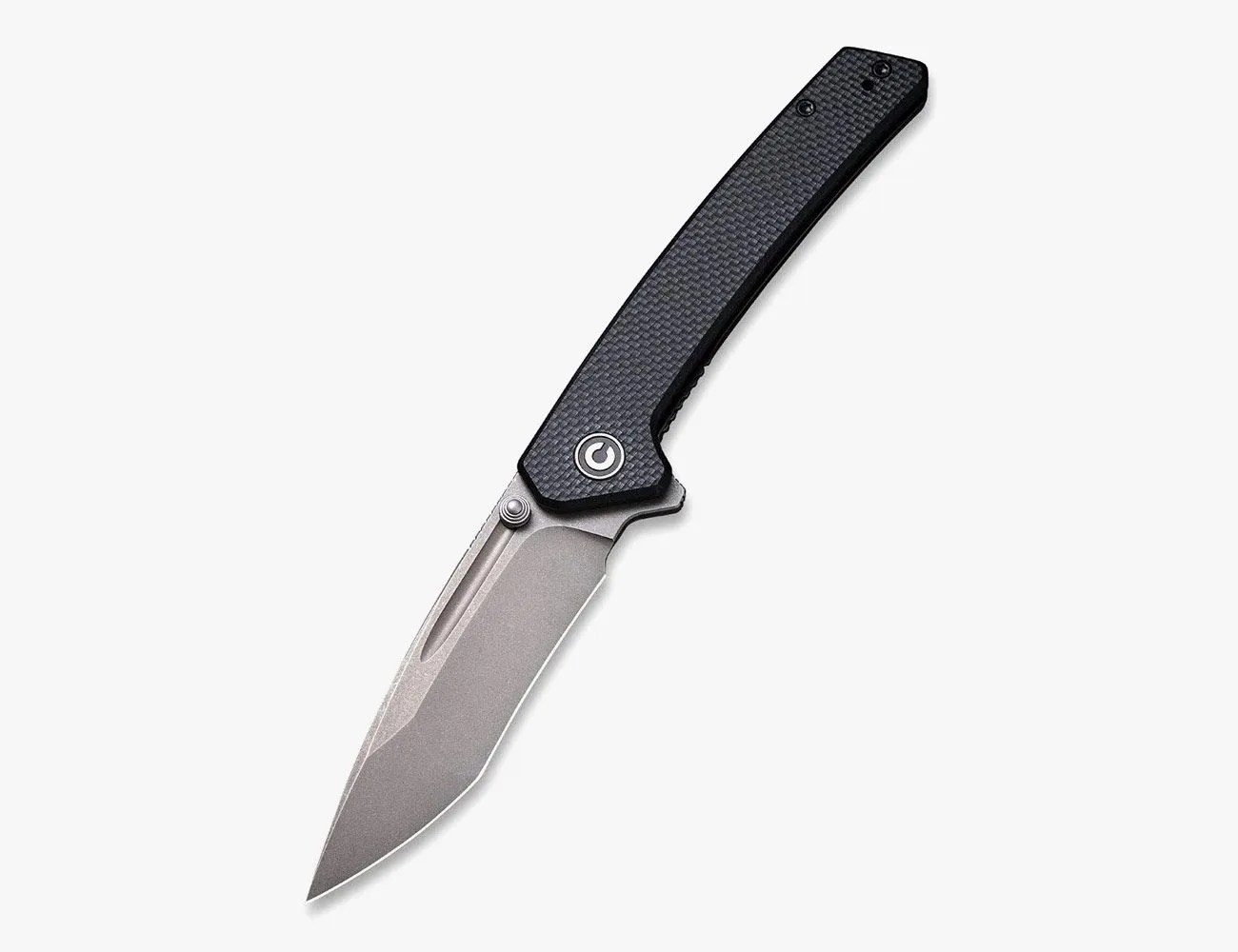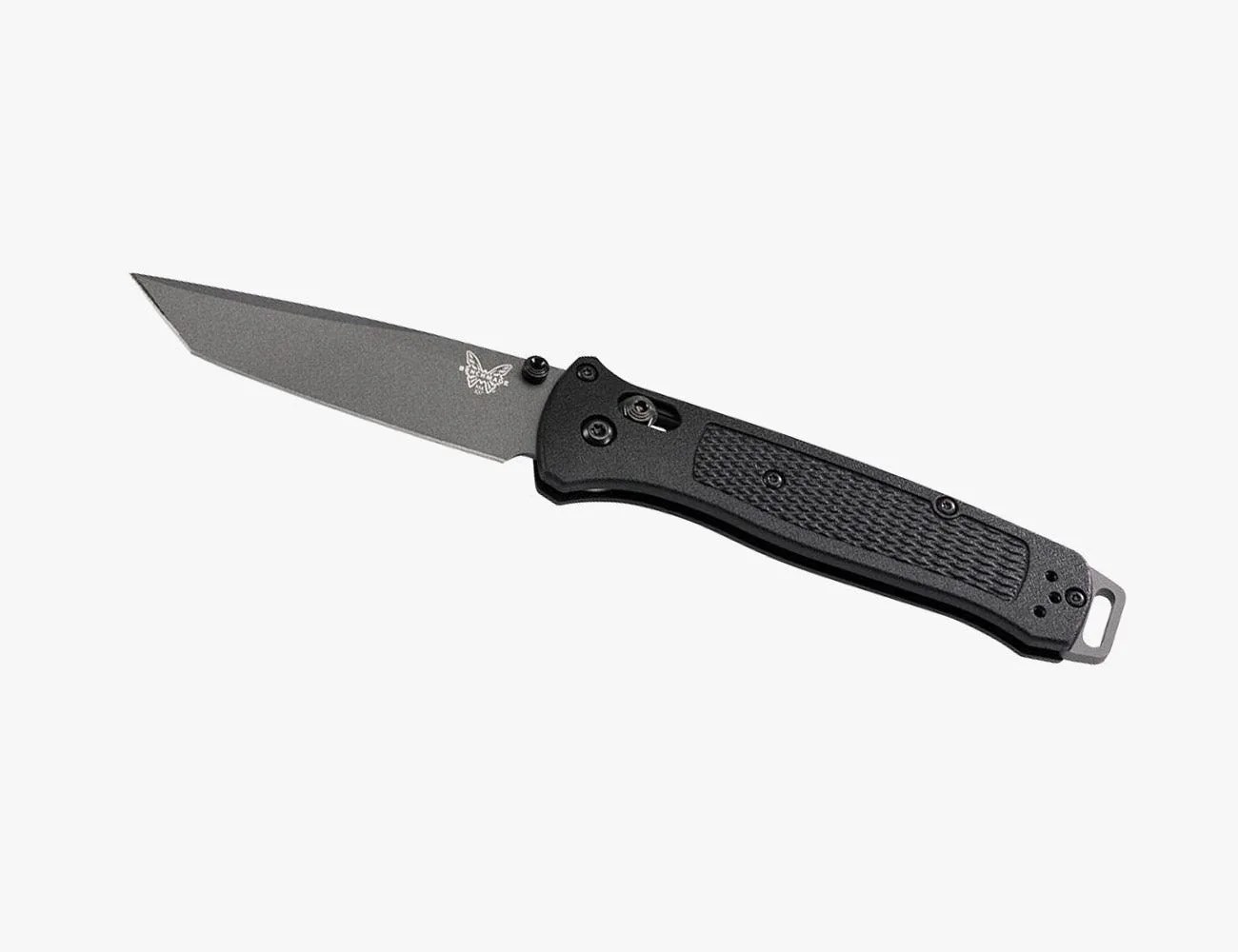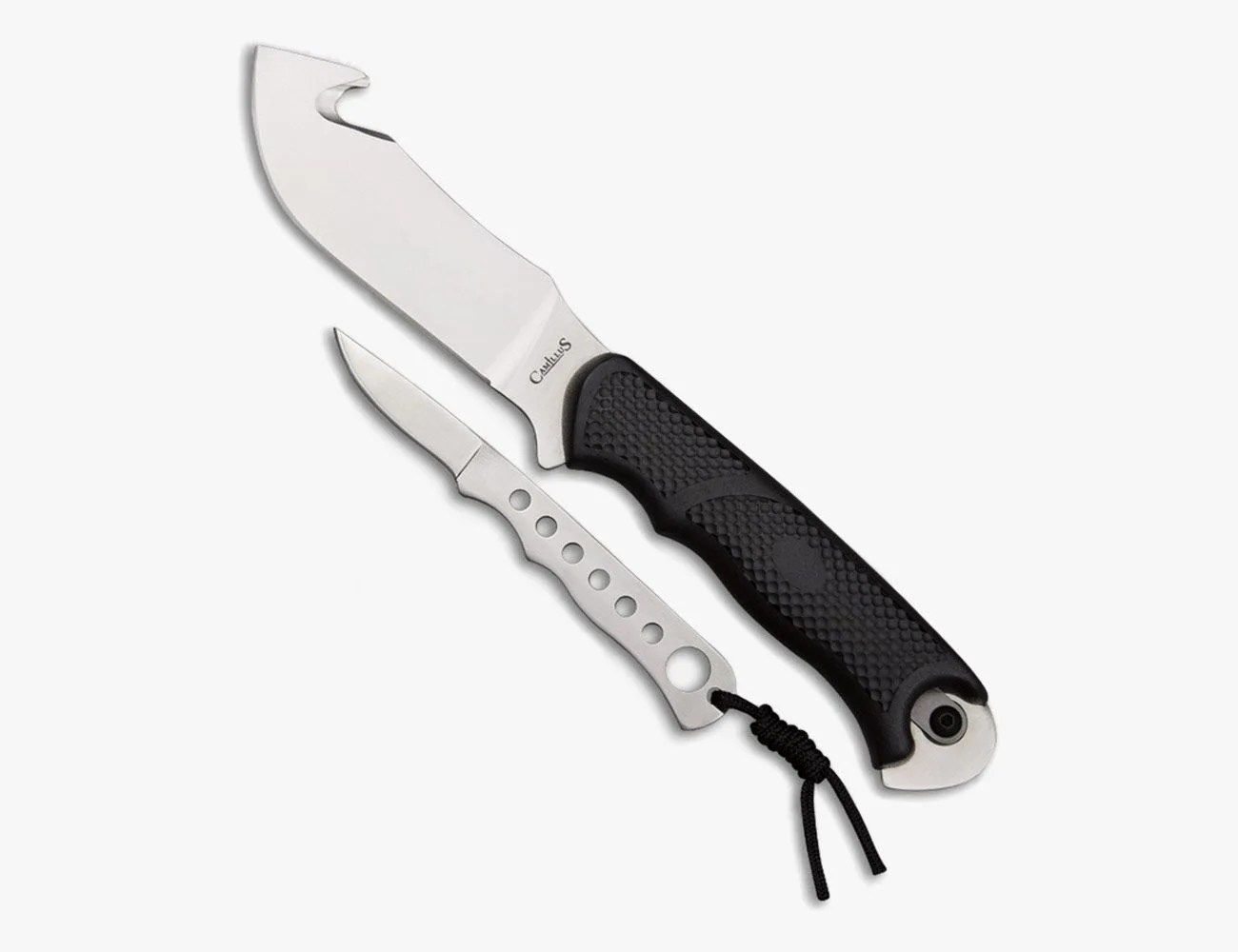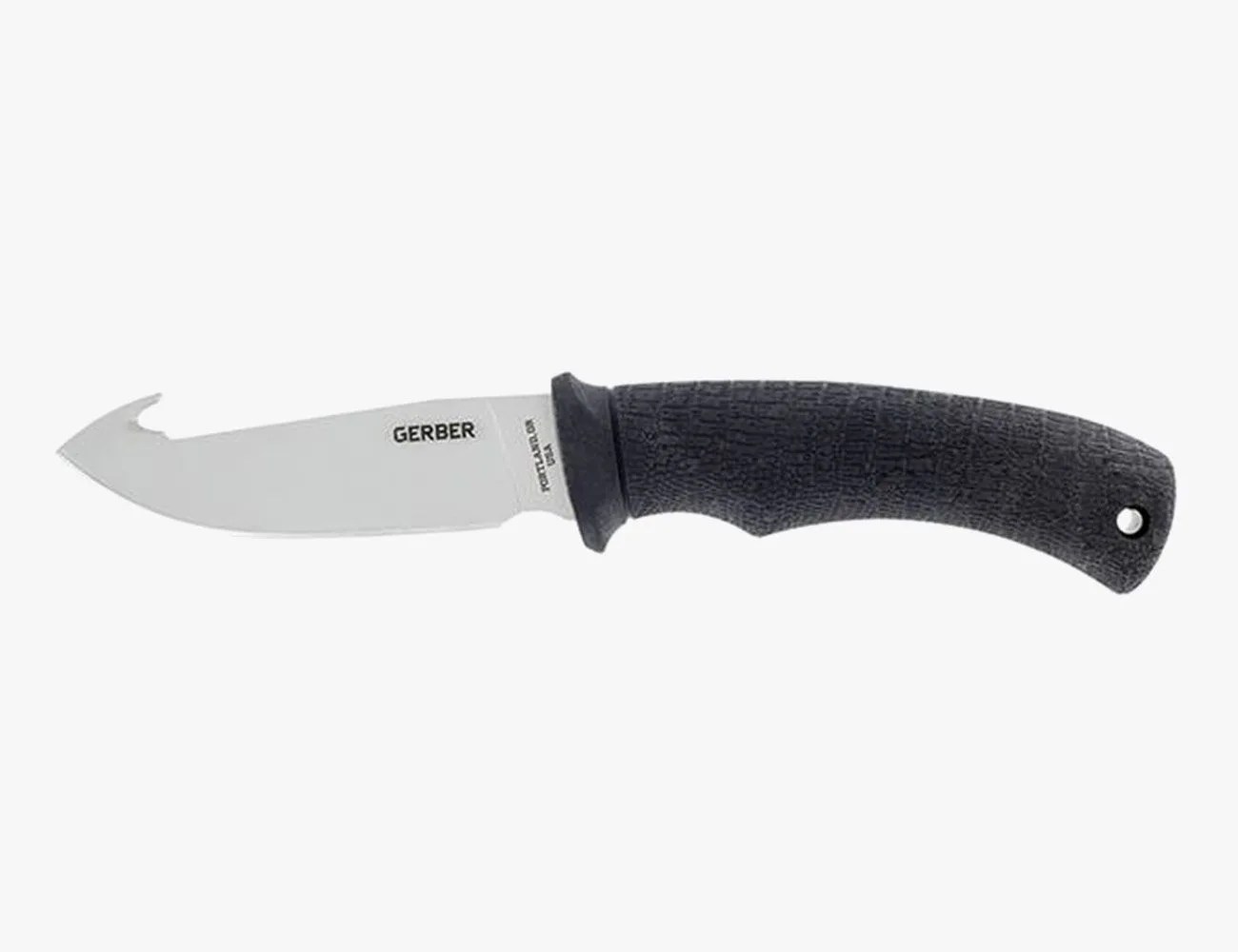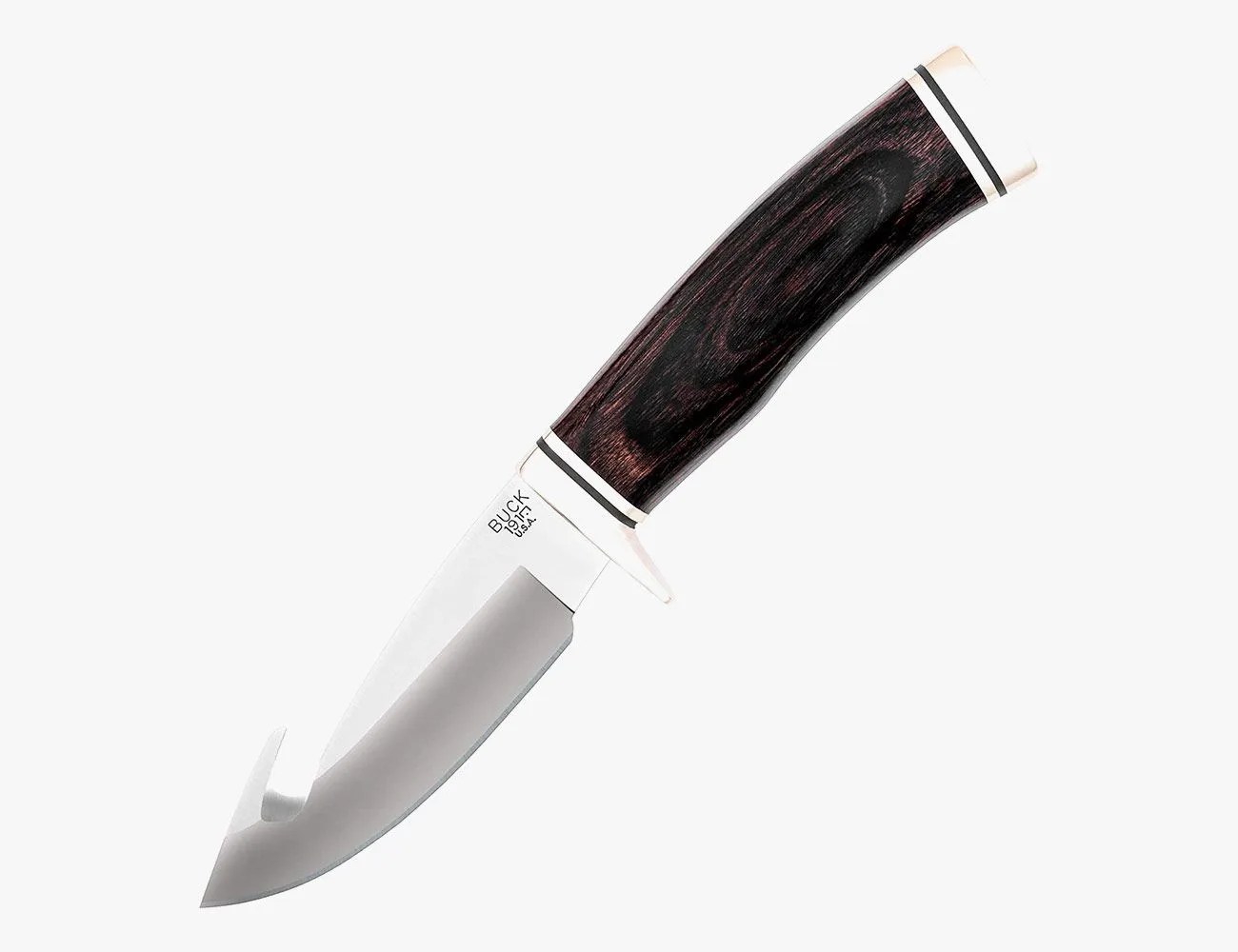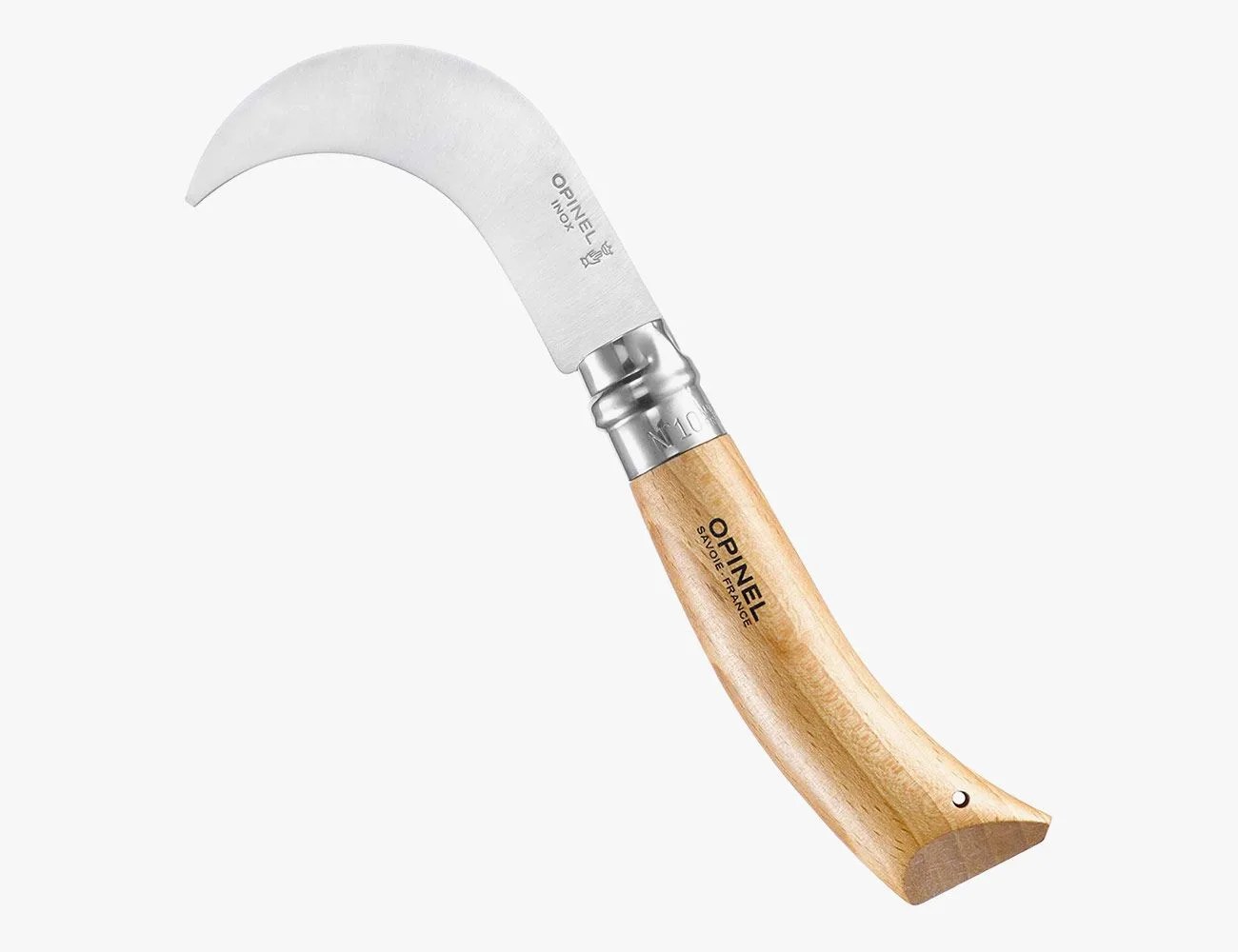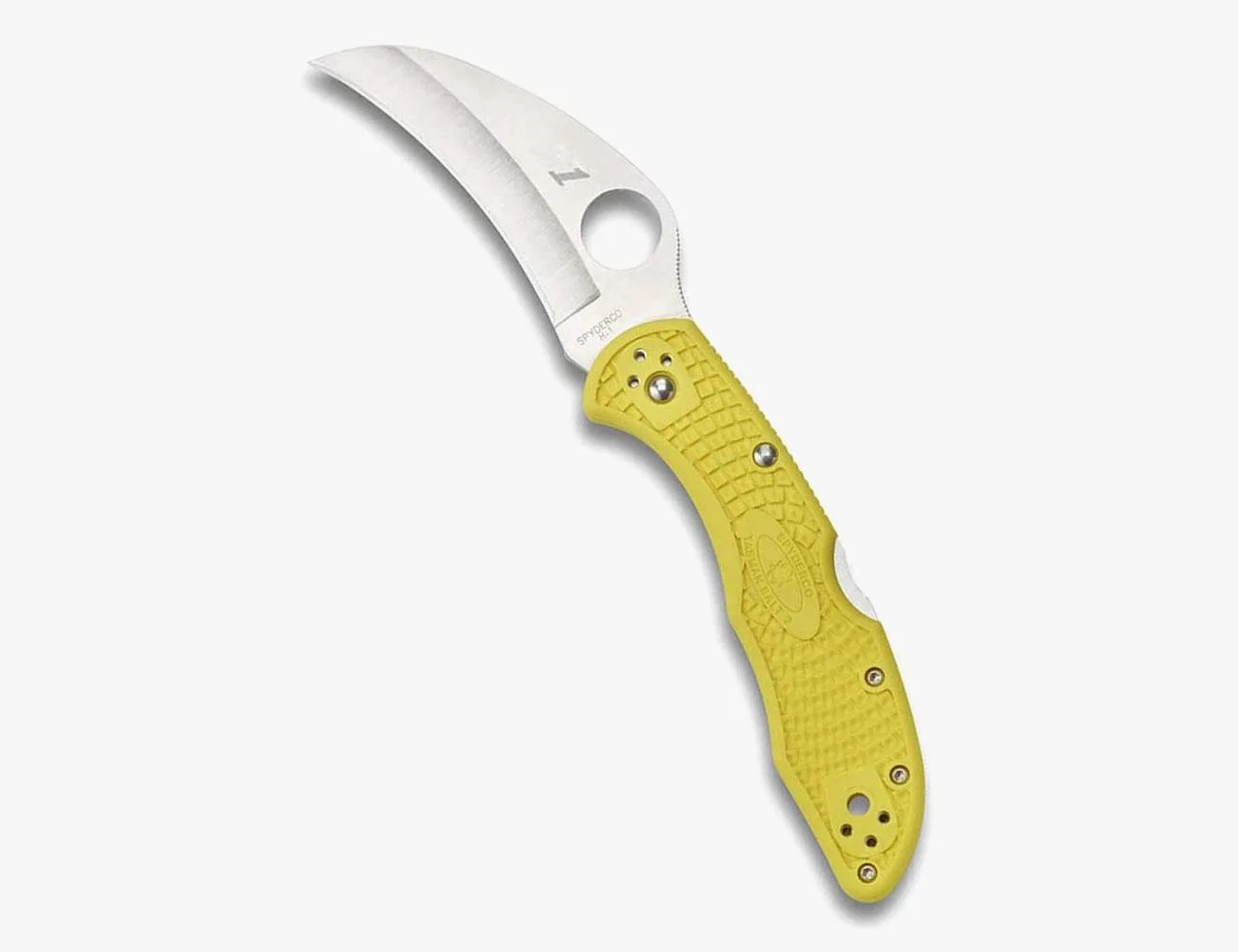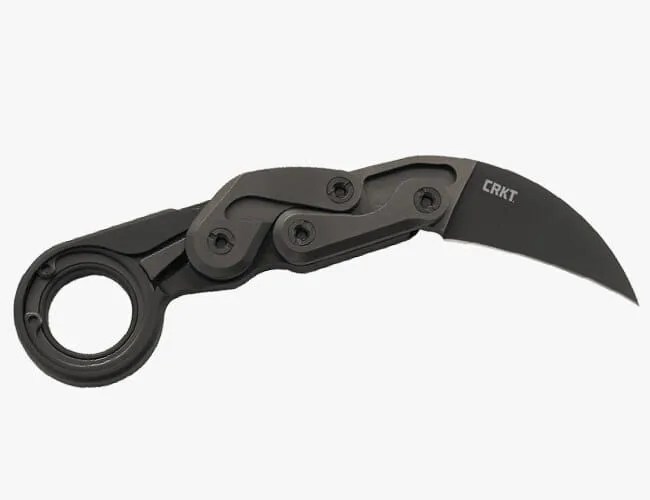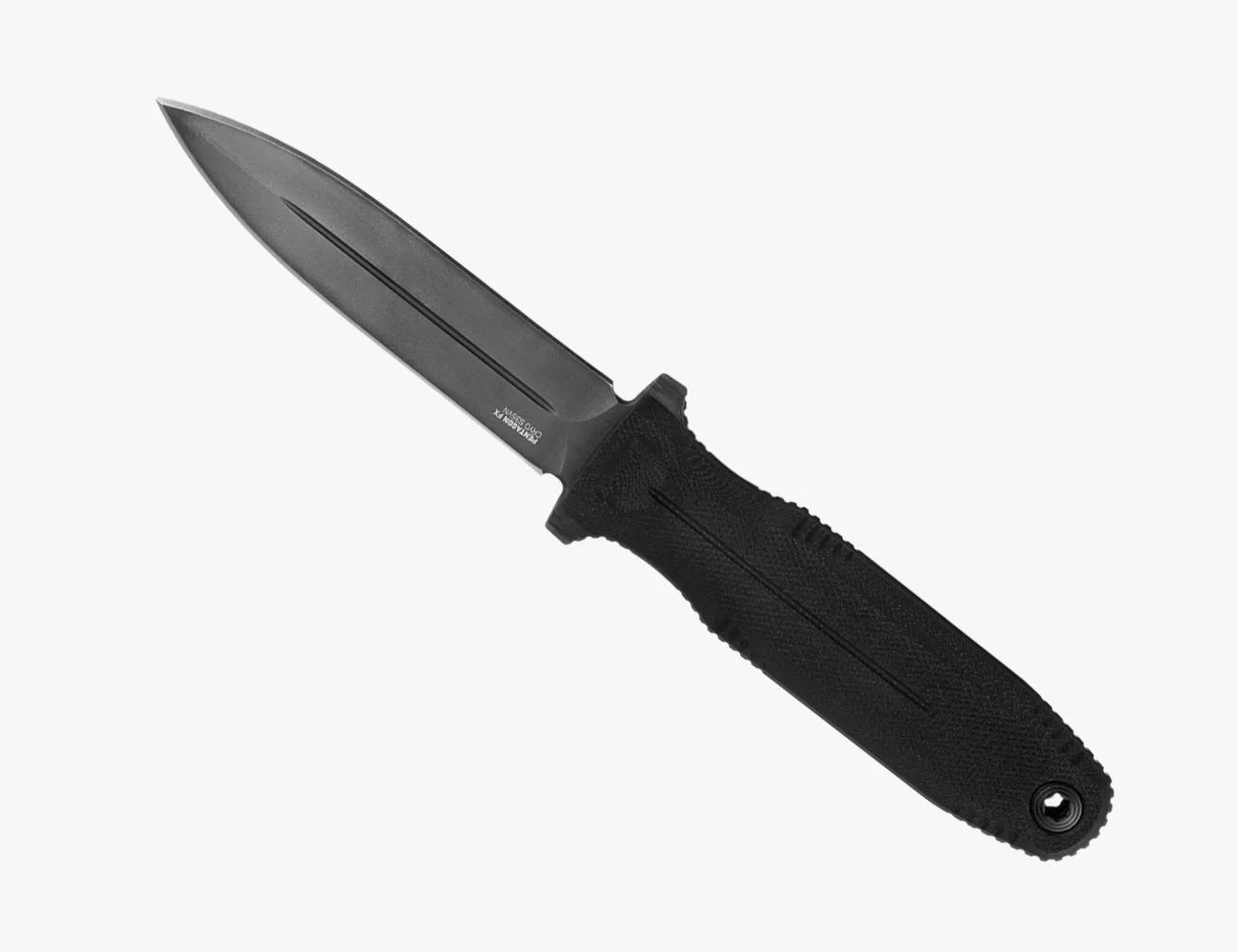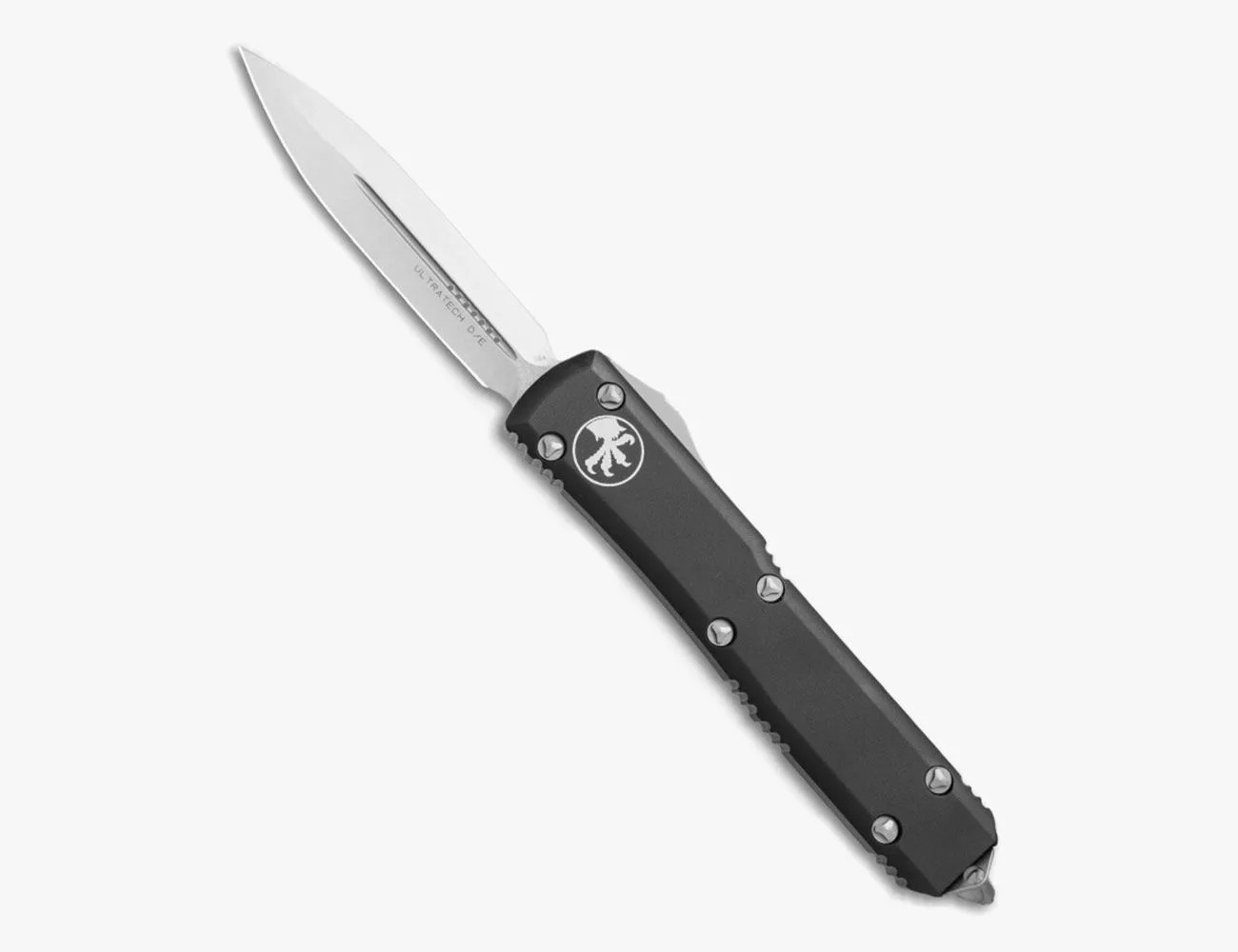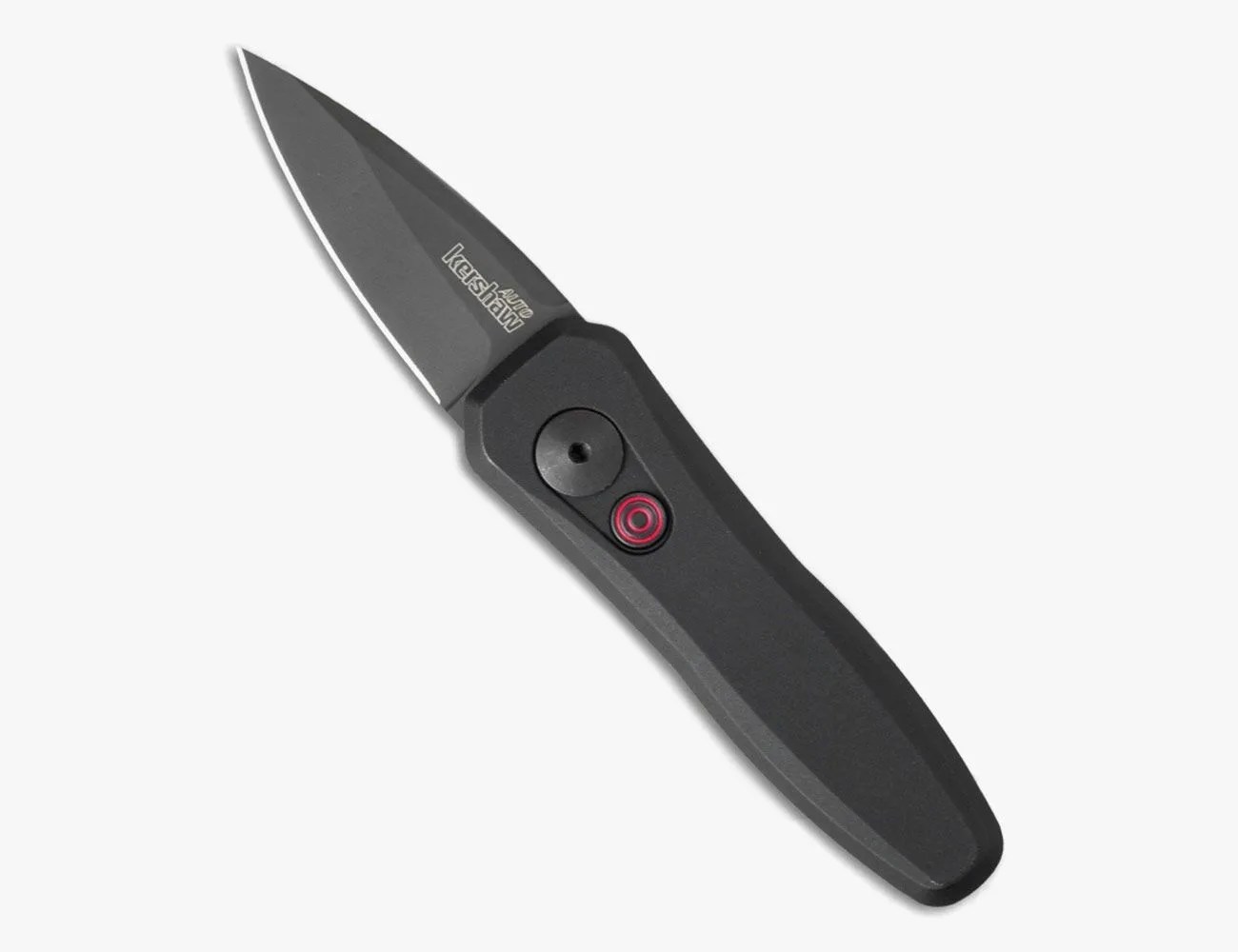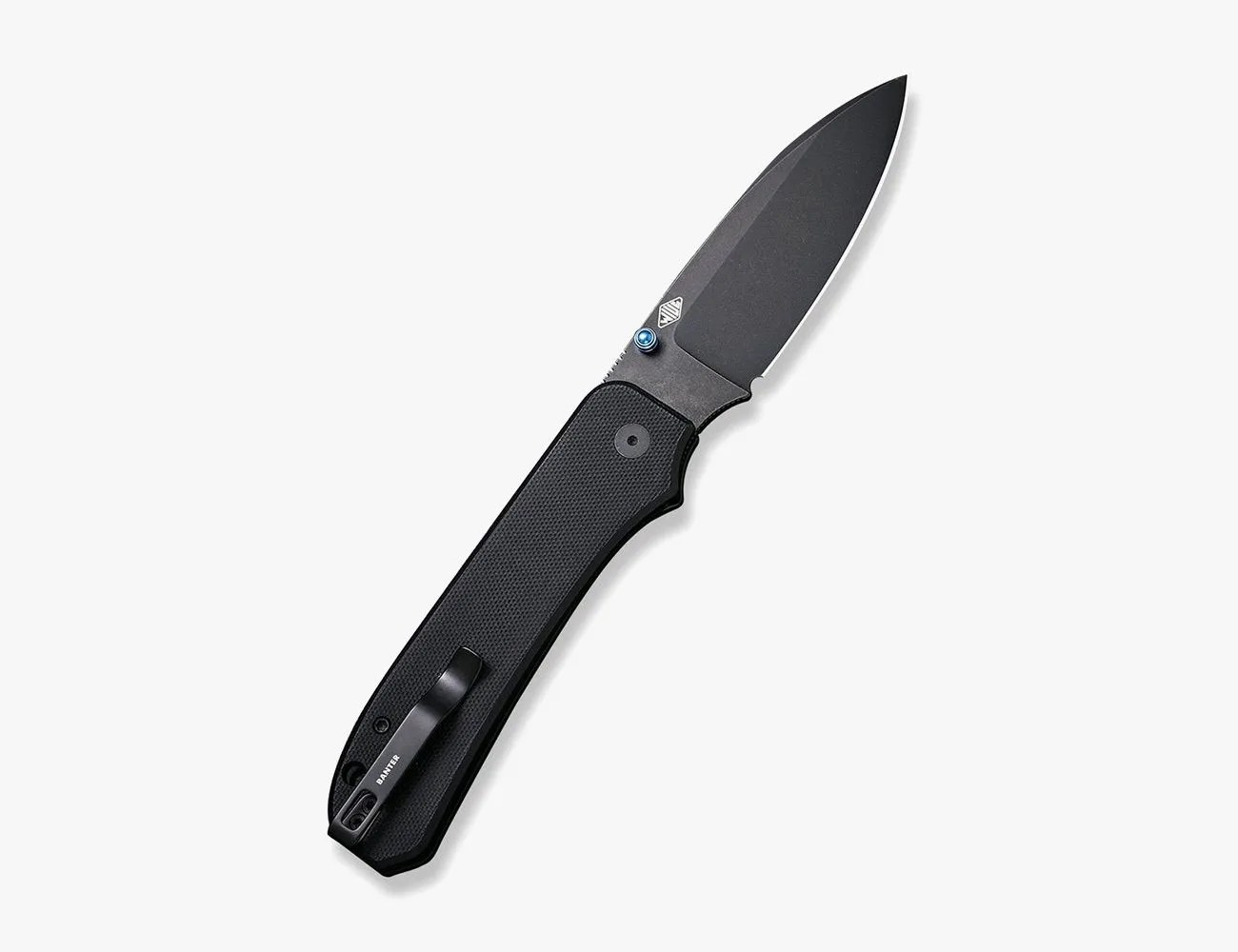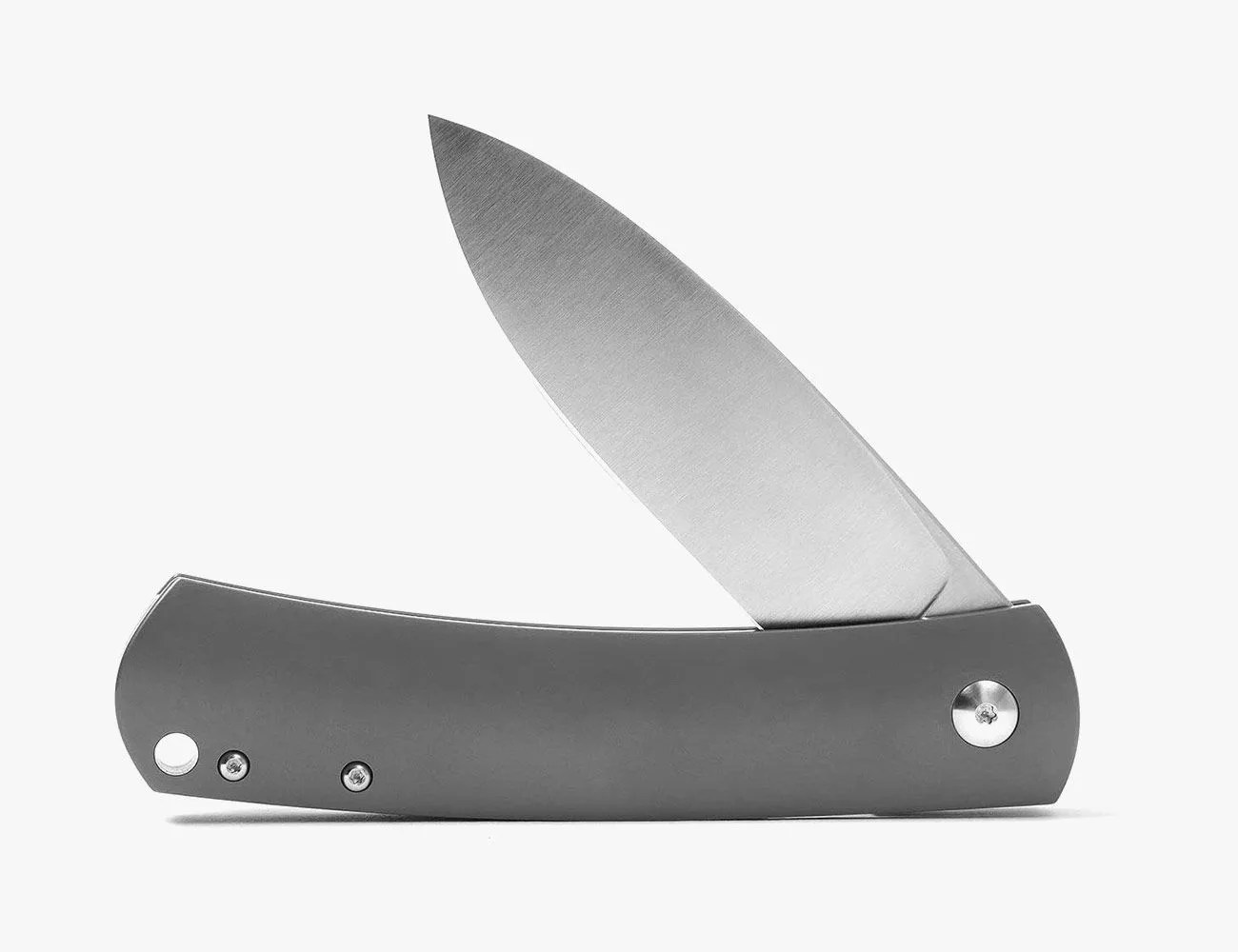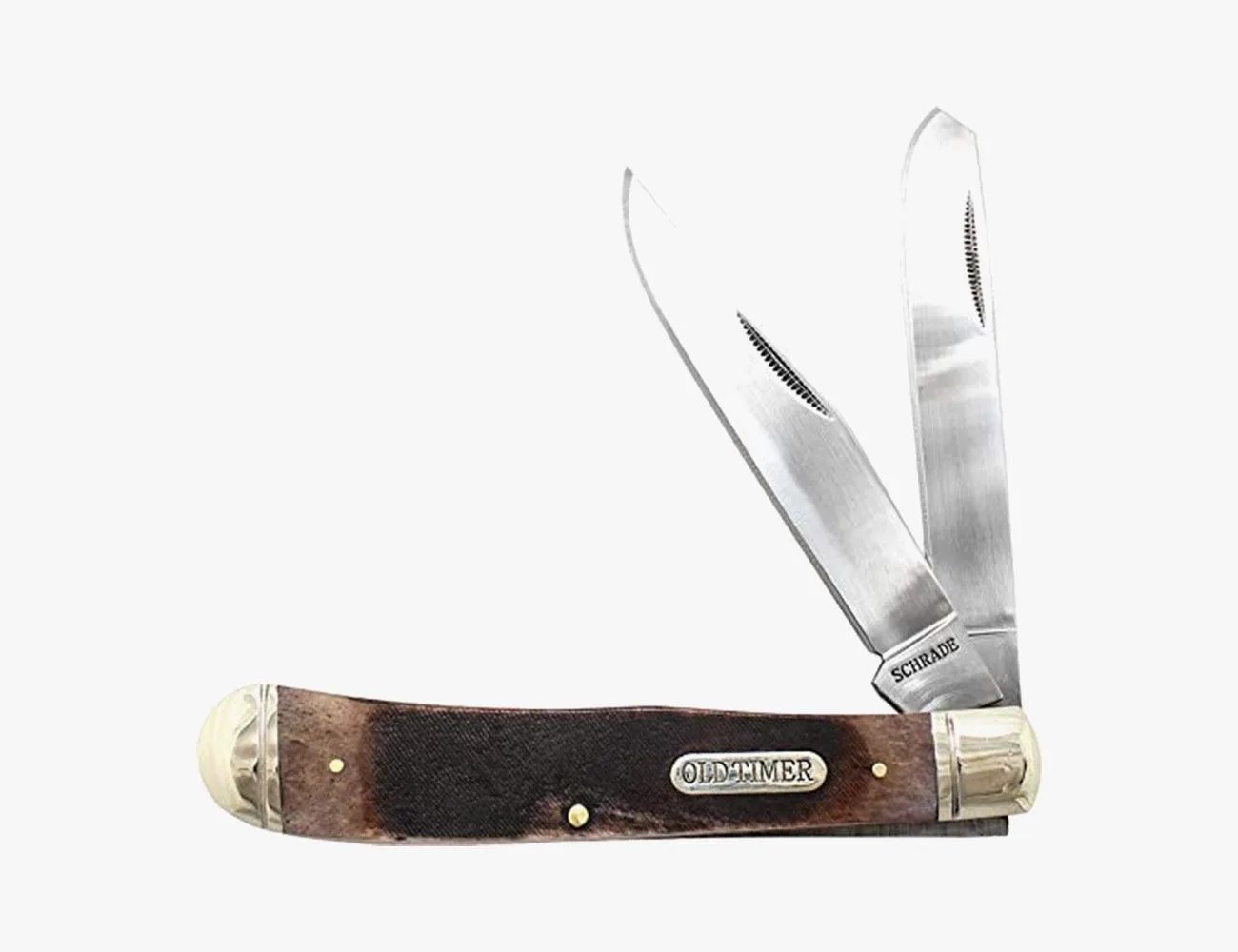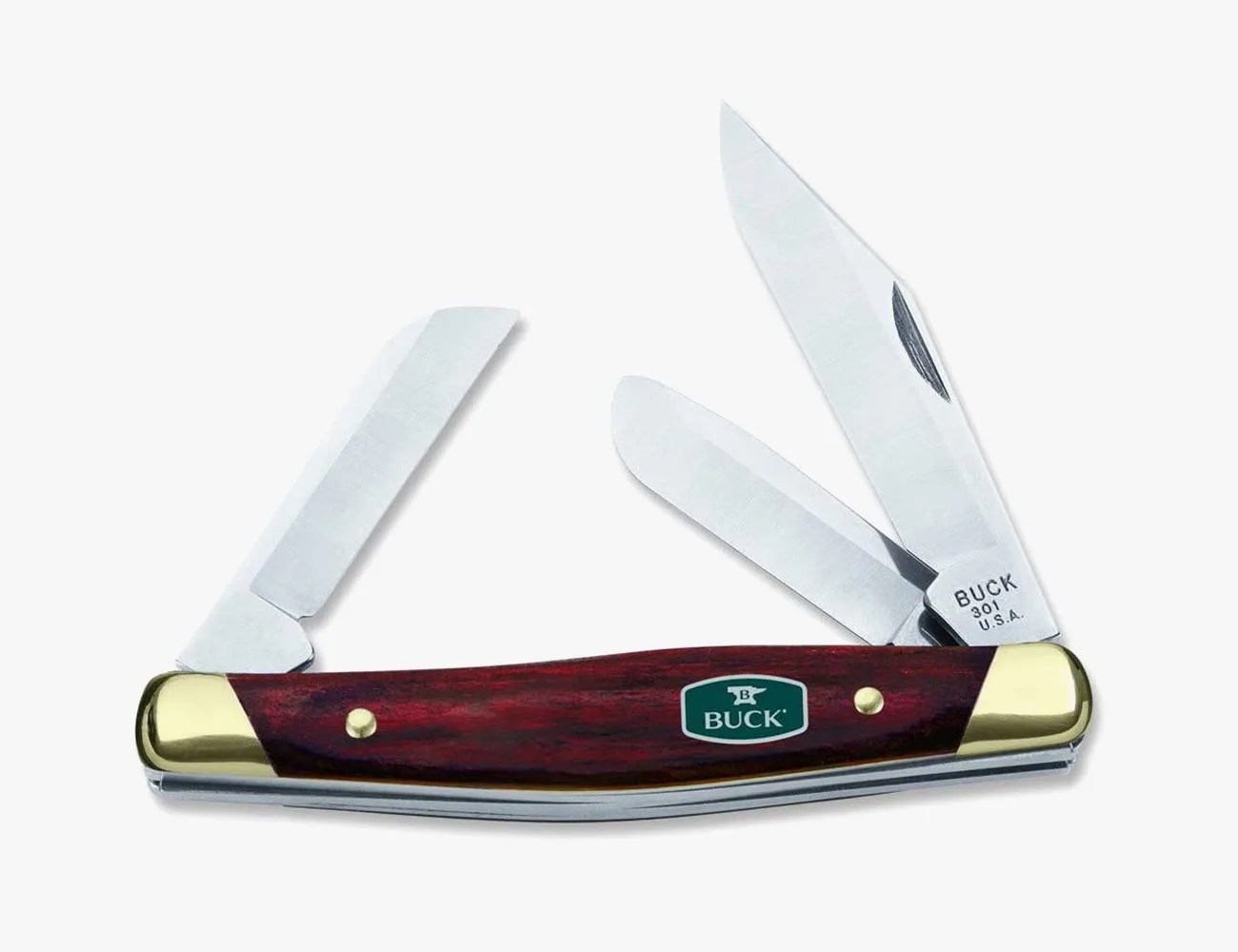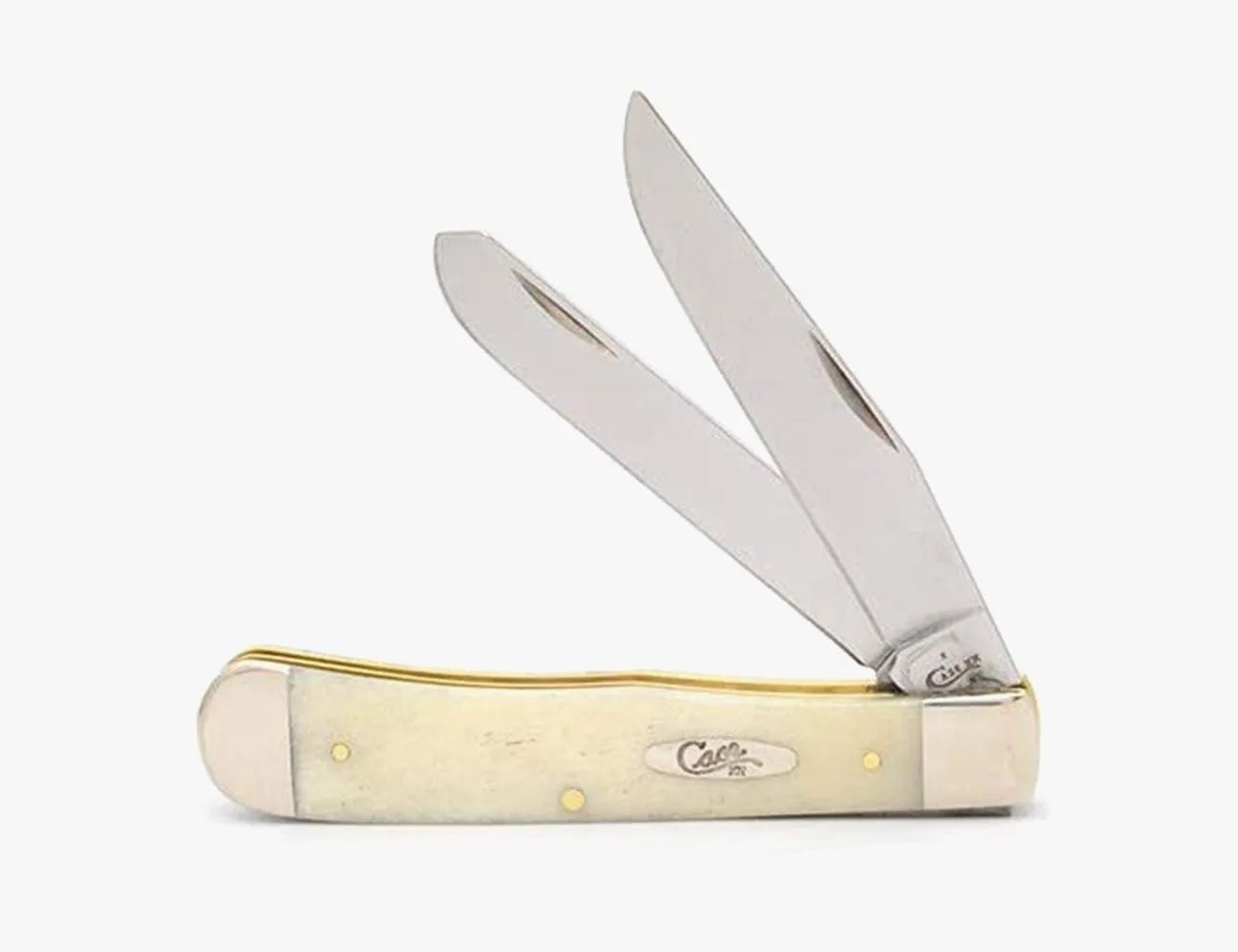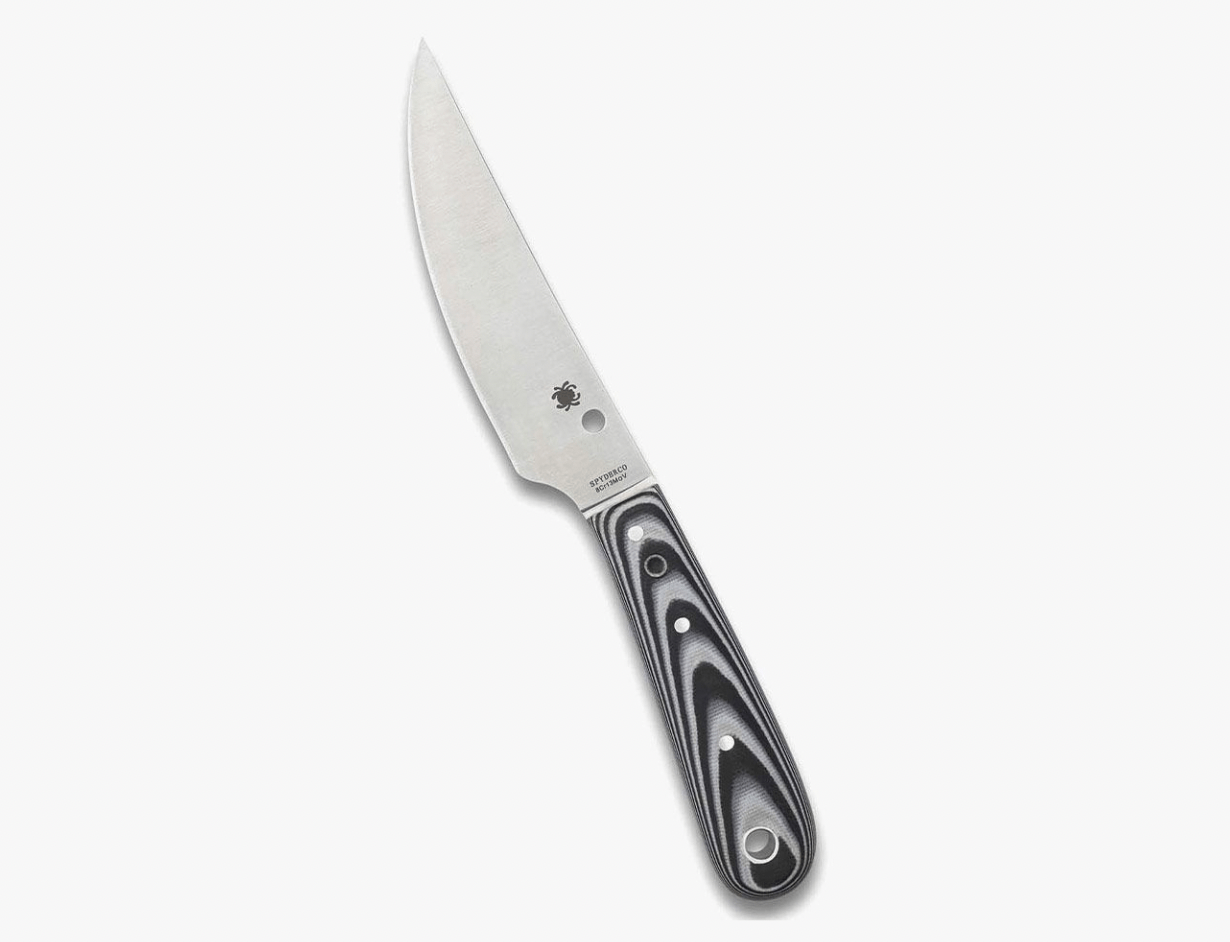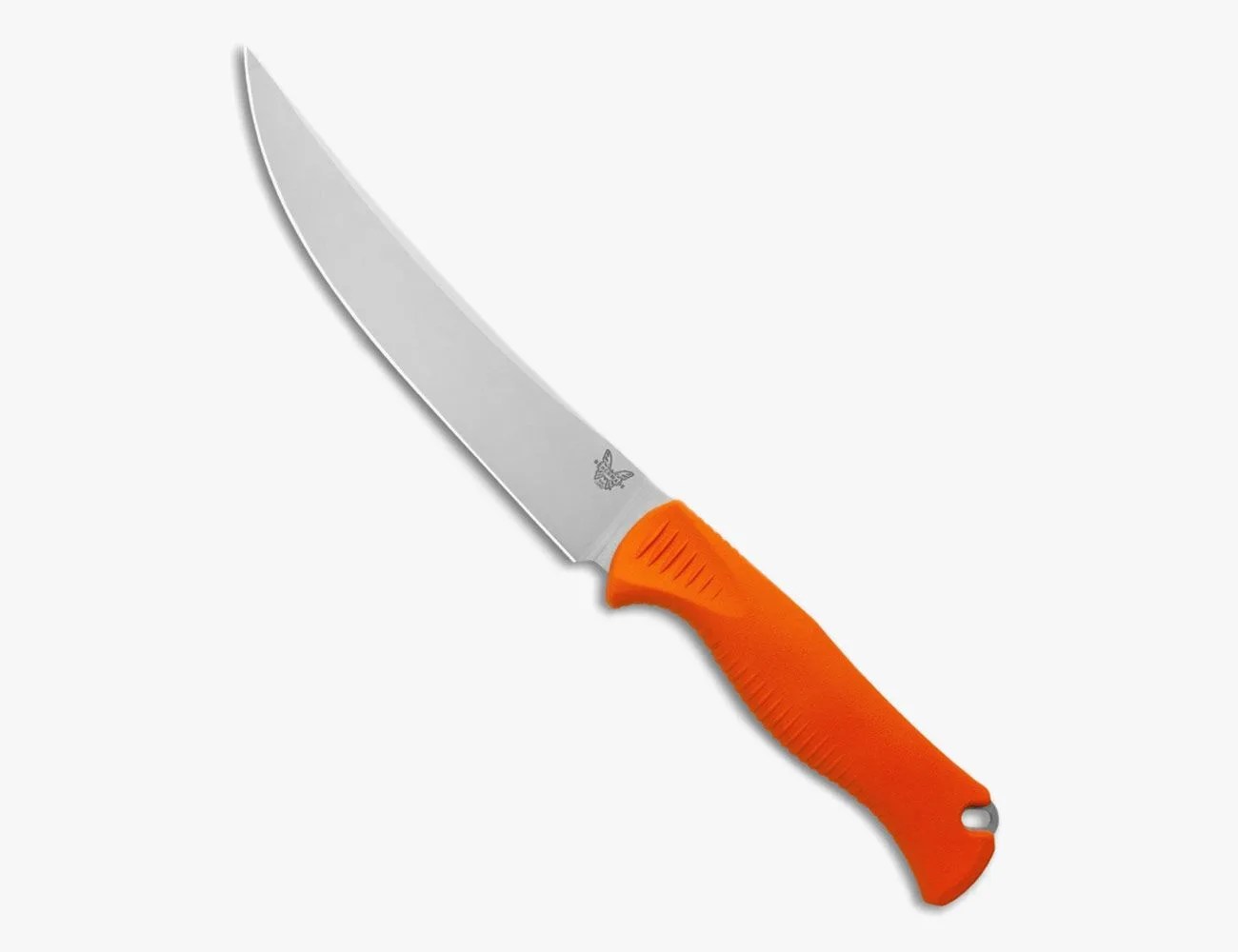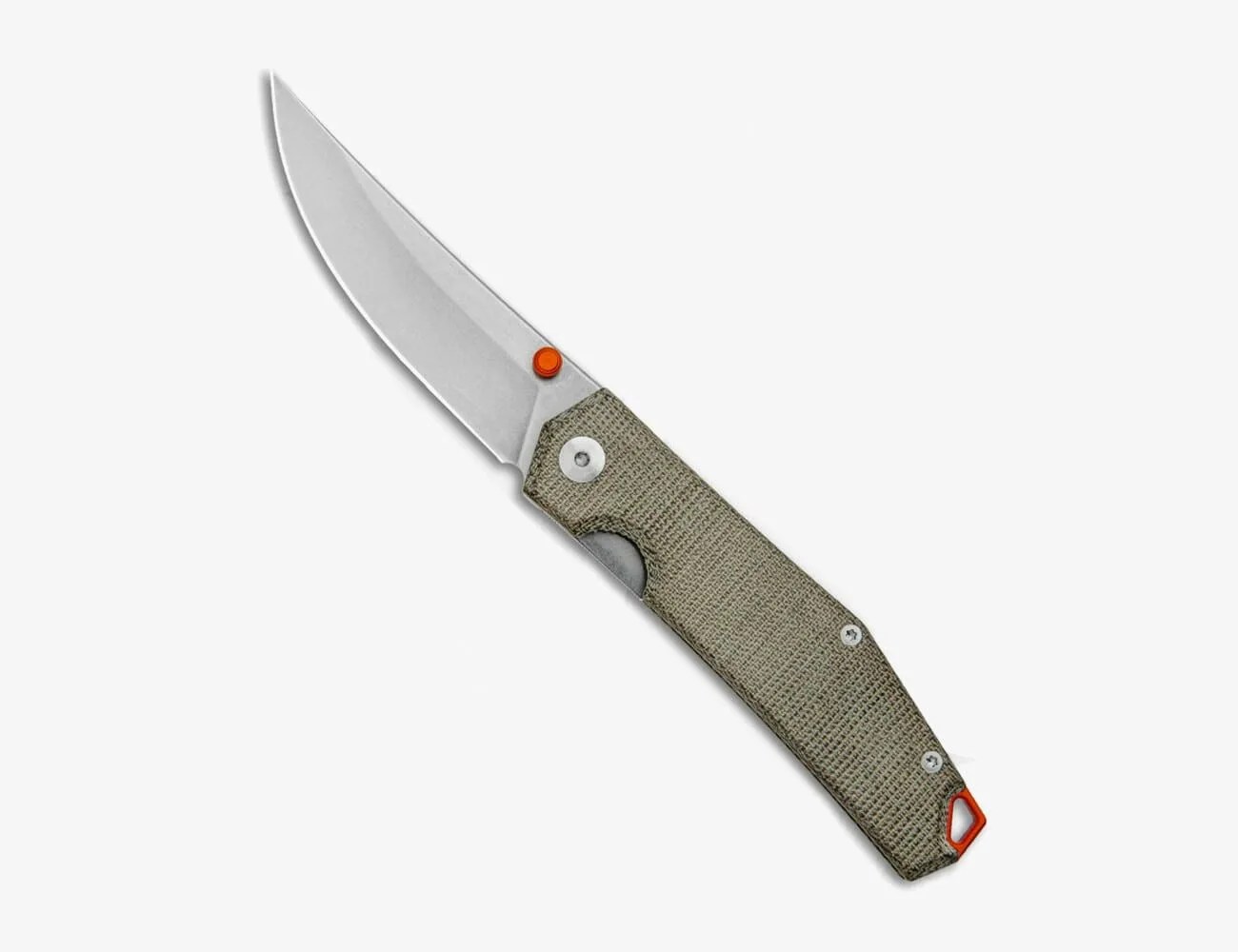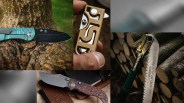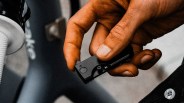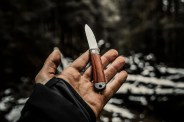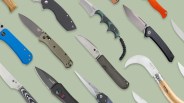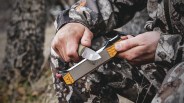There’s more than one way to skin a cat, so the saying goes. However strange the idea of doing that may be, it should also be noted that there is also more than one type of knife with which to undertake that task. Even those just vaguely familiar with pocket knives will have noticed that blades come in every shape and size.
That’s not just happenstance, and it surely isn’t the whimsy of imaginative bladesmiths. Knife blades are shaped differently for a reason. Below, you’ll find information on how to identify 12 of the most commonly-found shapes, what they’re used for, and great examples of each.
Drop-Point Blade
One of the most common blade shapes, the drop-point is characterized by a convex spine that curves down from the handle to the point. This creates an easily controlled point and a bigger belly for slicing. Drop points are great for general-purpose use and ideal for hunters.
Sheepsfoot Blade
A blade shape characterized by a straight edge and a spine that curves down to meet it at the point. Sheepsfoot blades are designed for slicing while minimizing the potential for accidental piercing with the point. It was originally used to trim the hooves of sheep but comes in handy as a rescue tool today.

